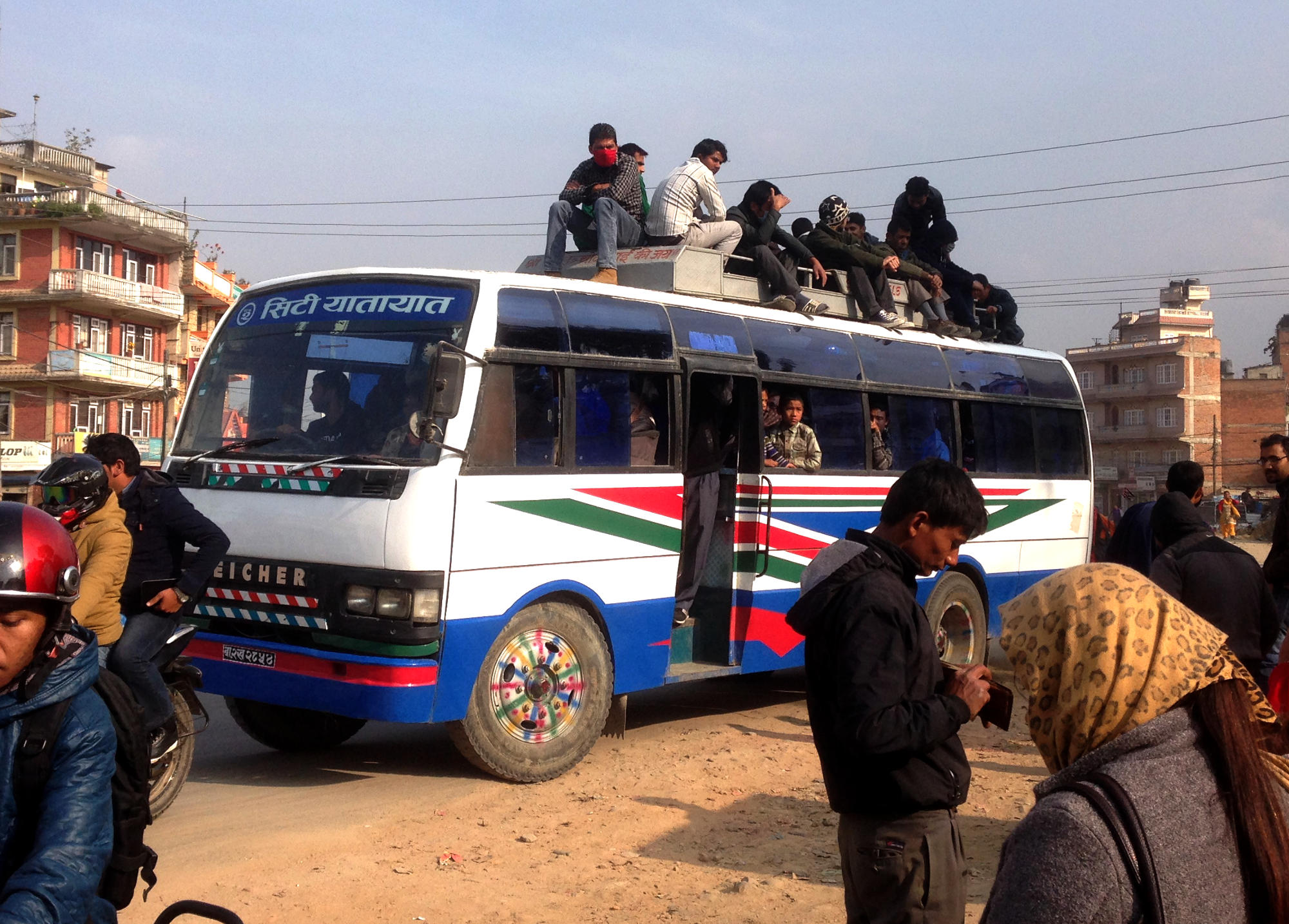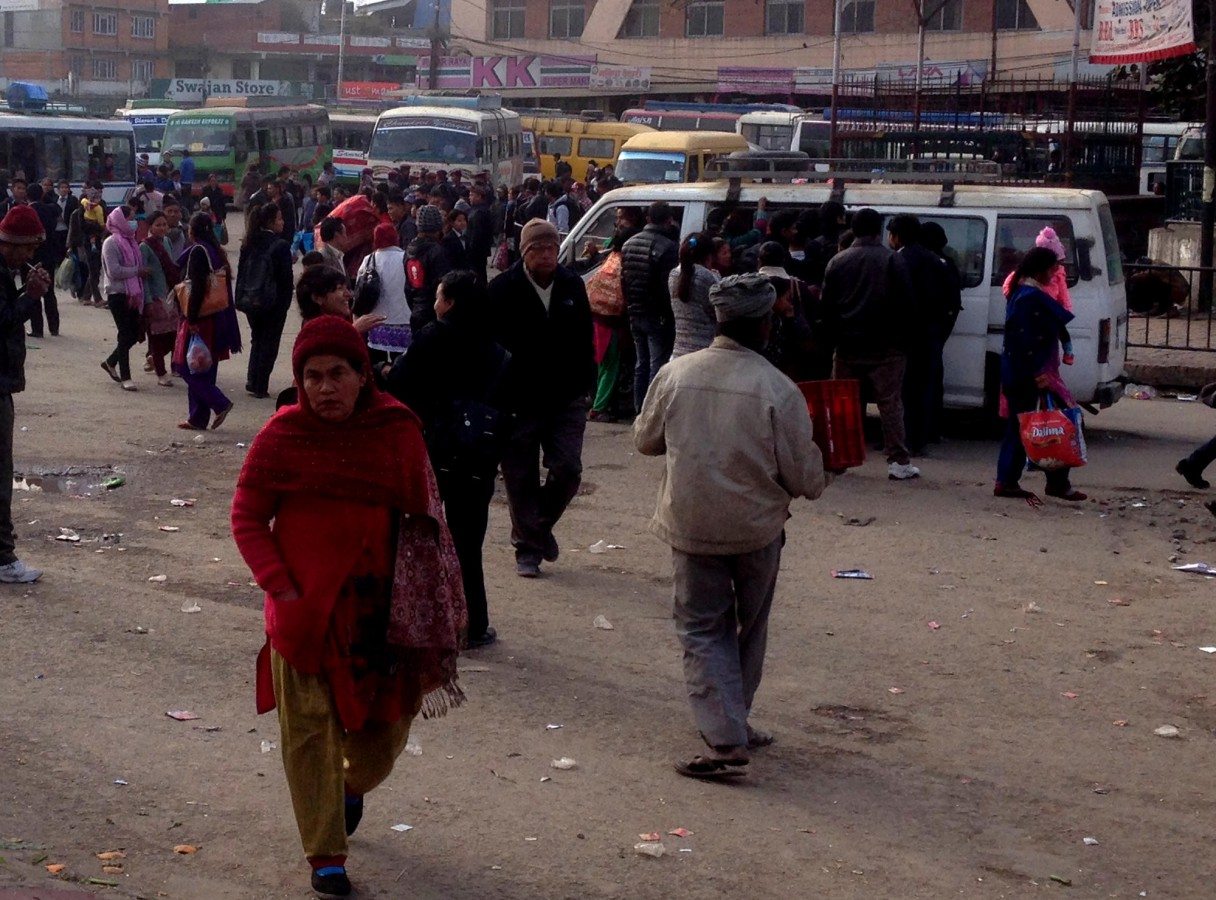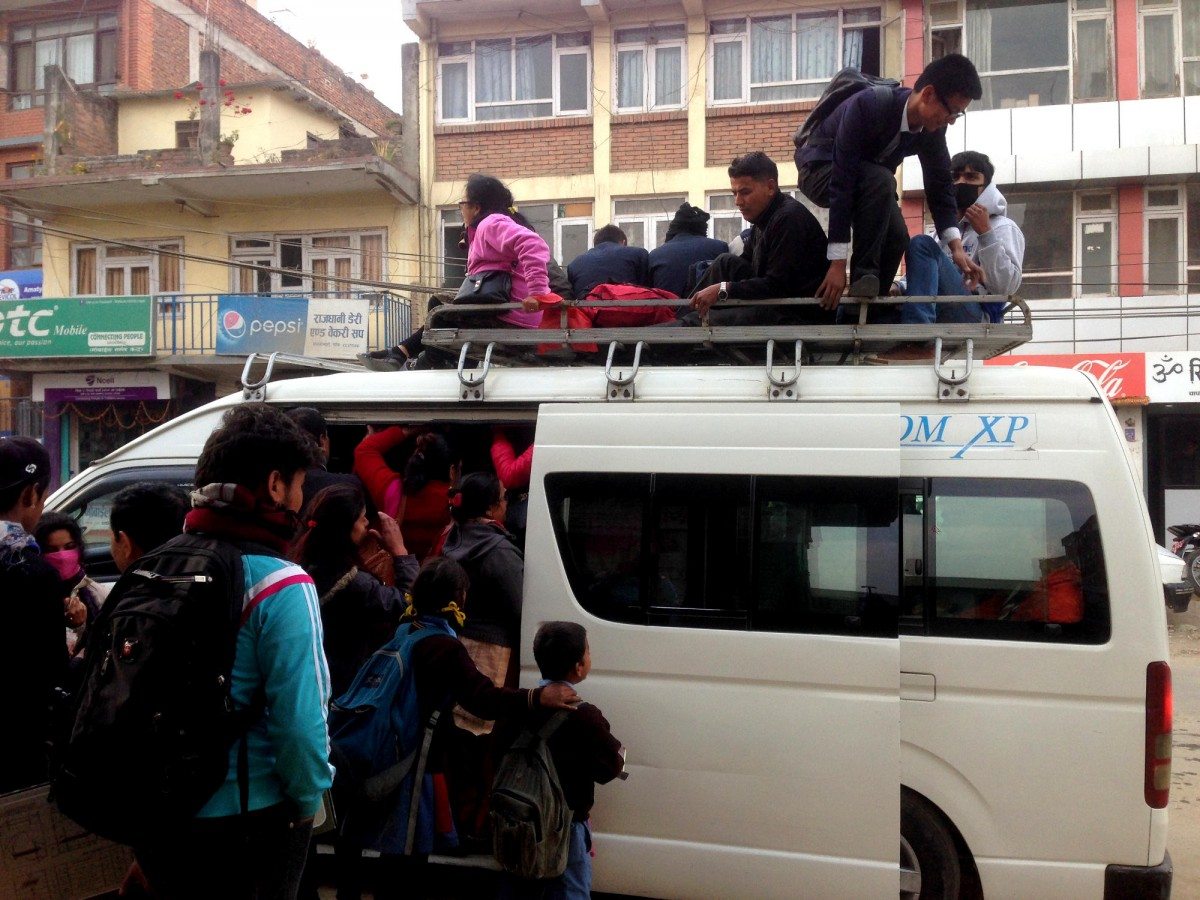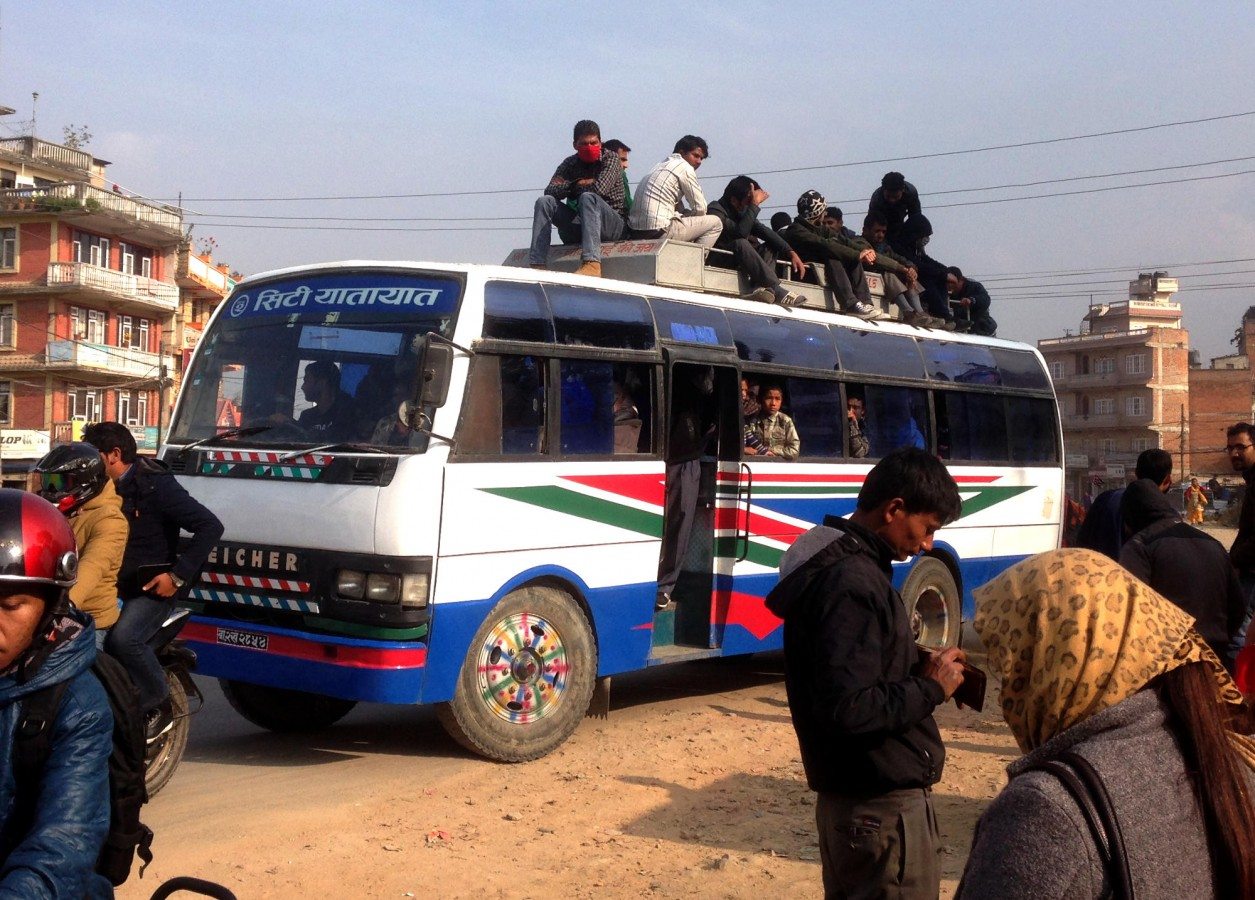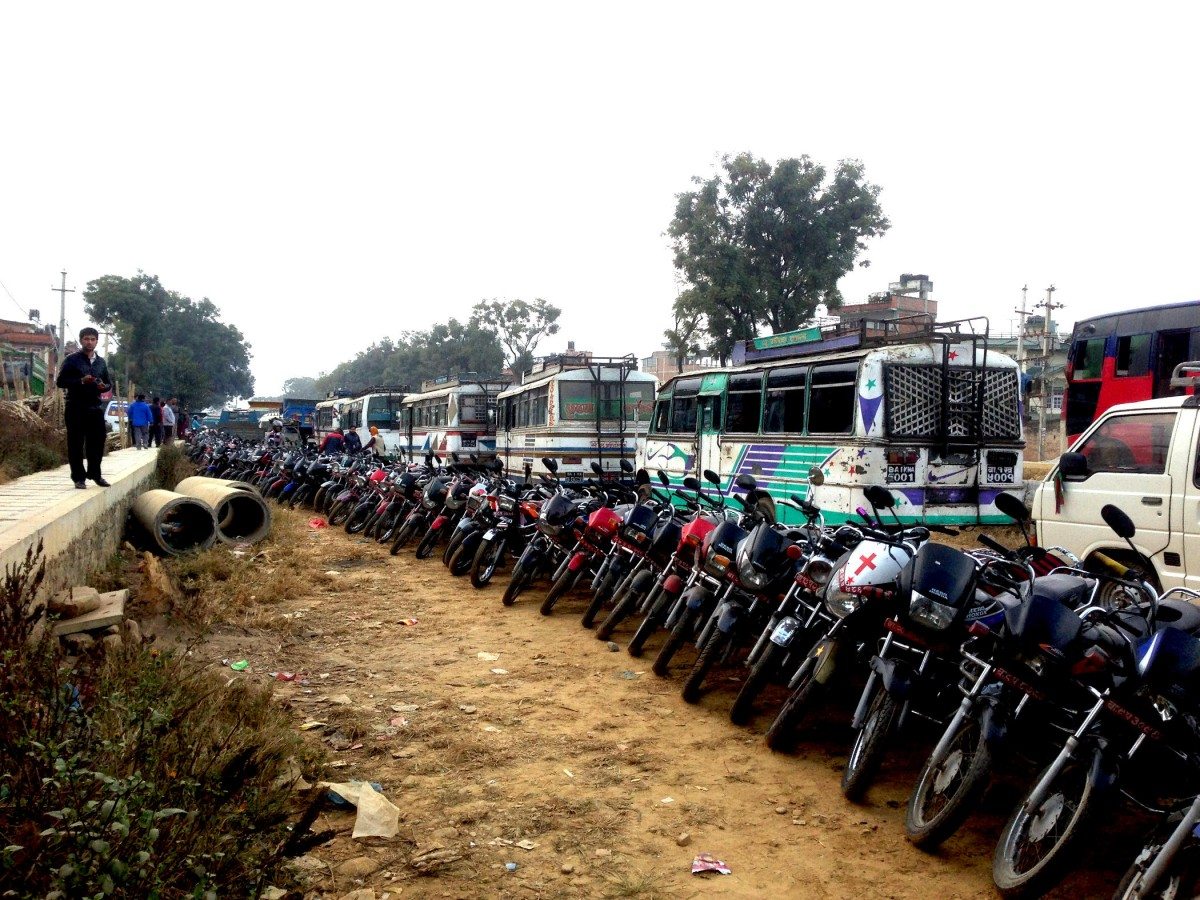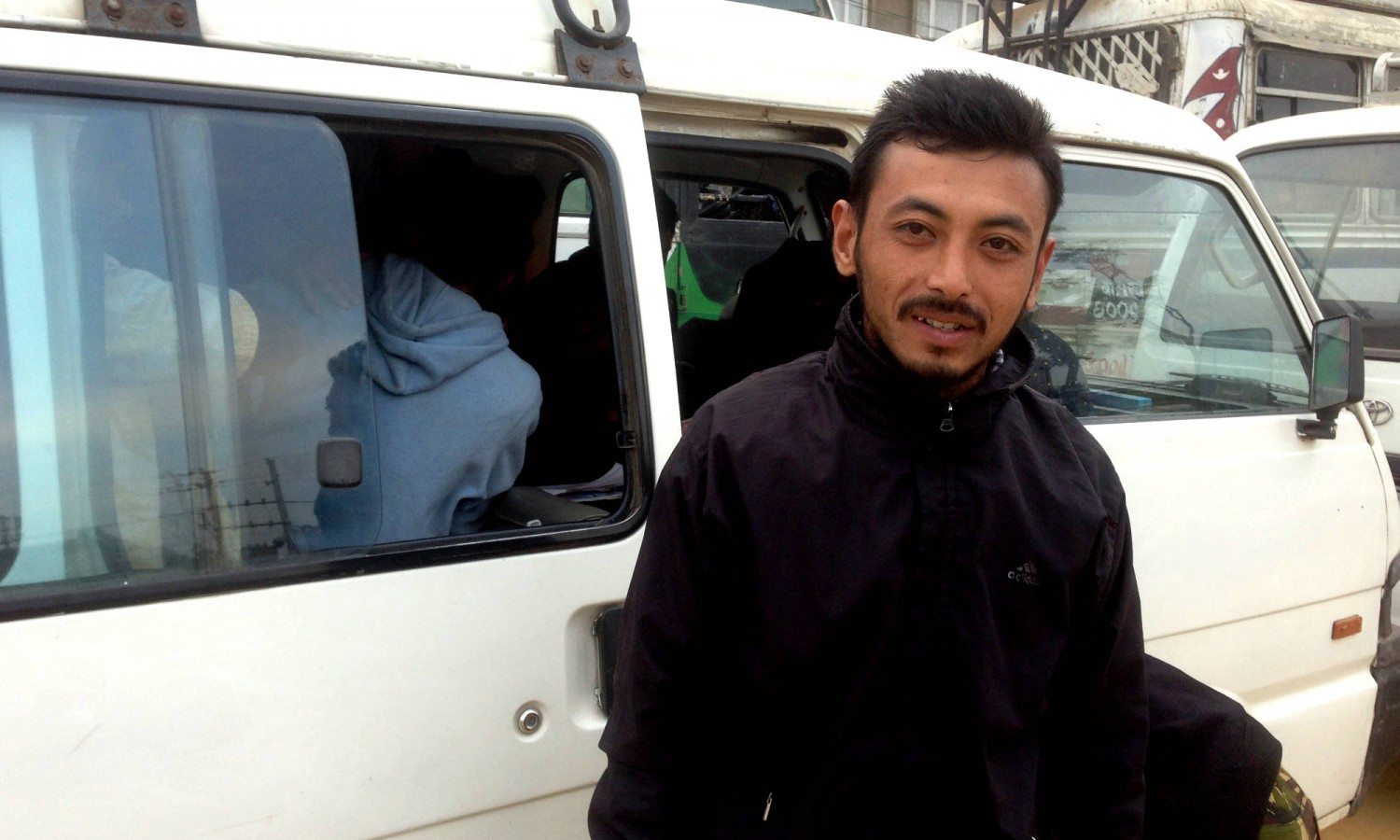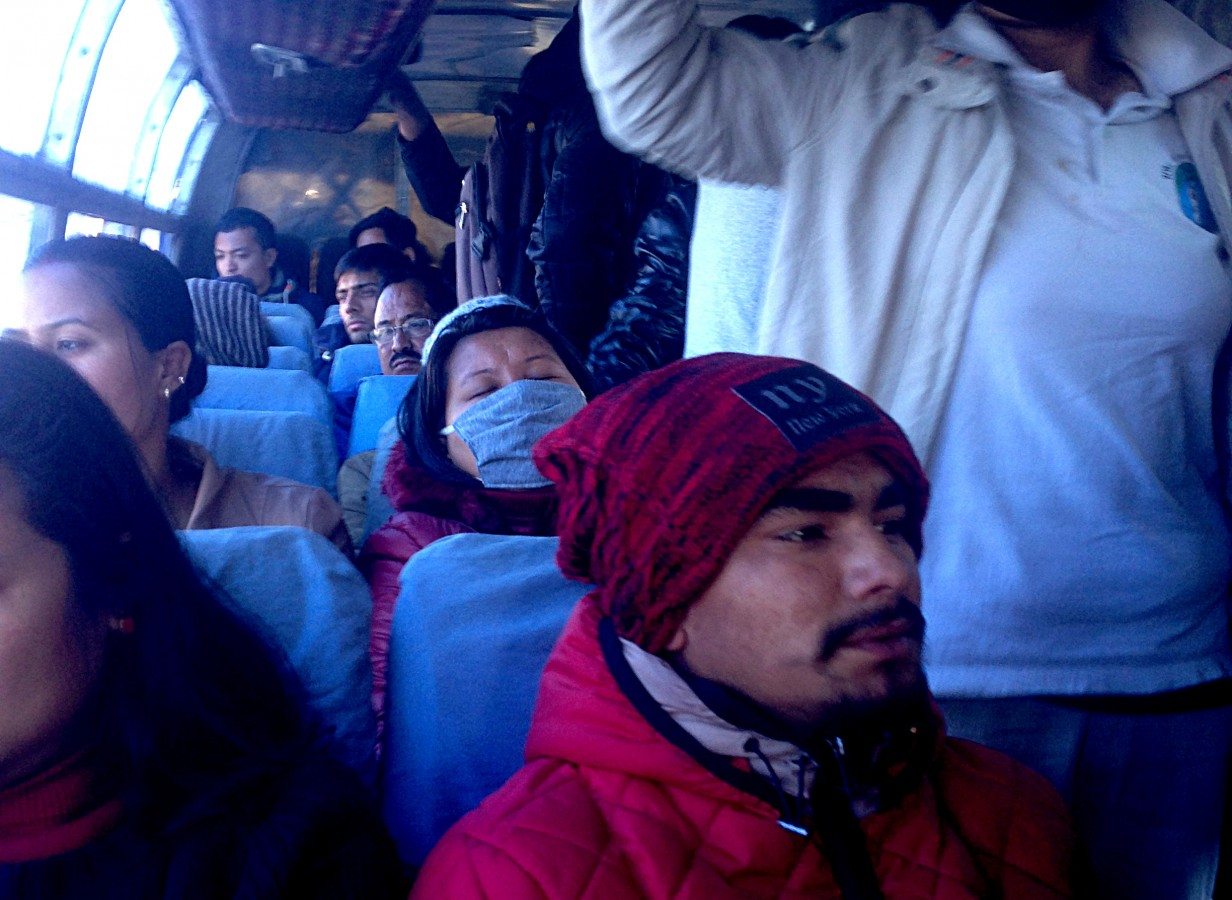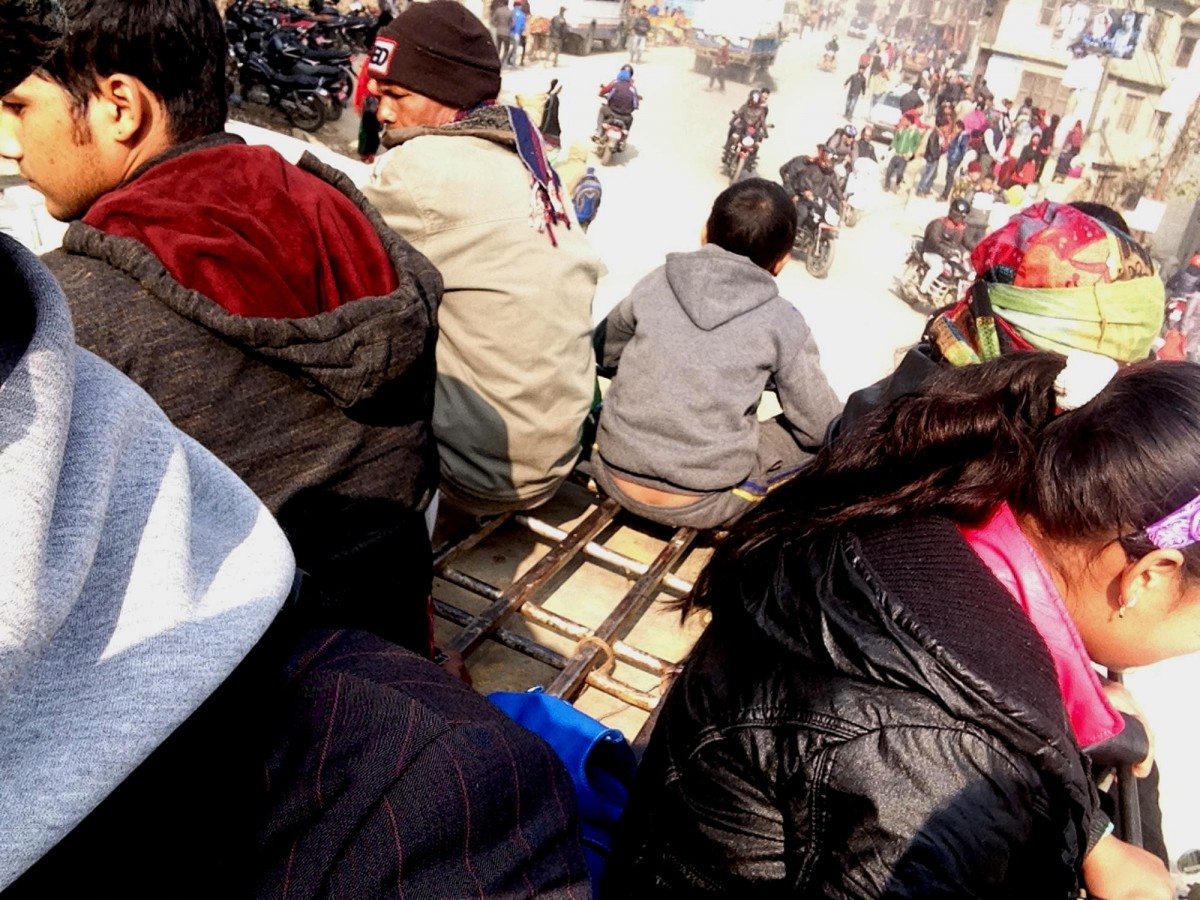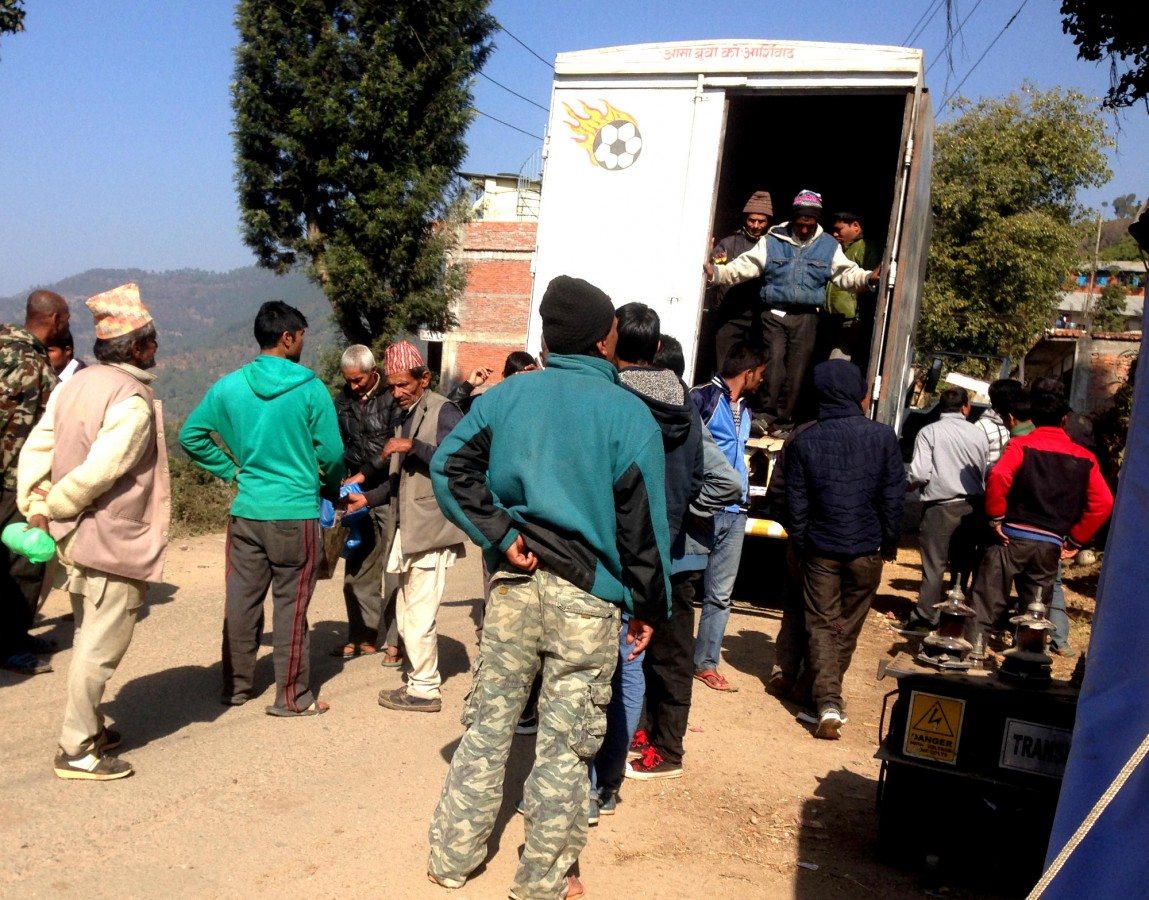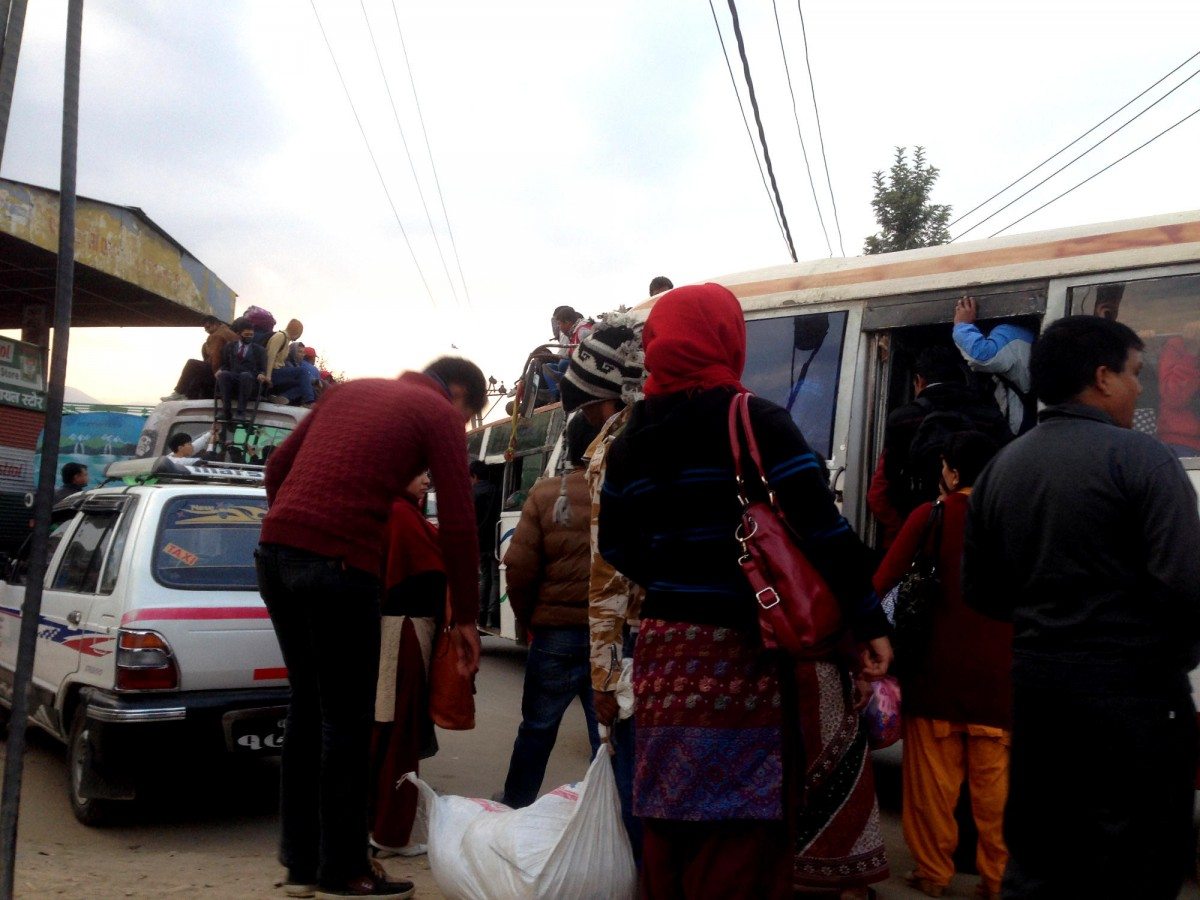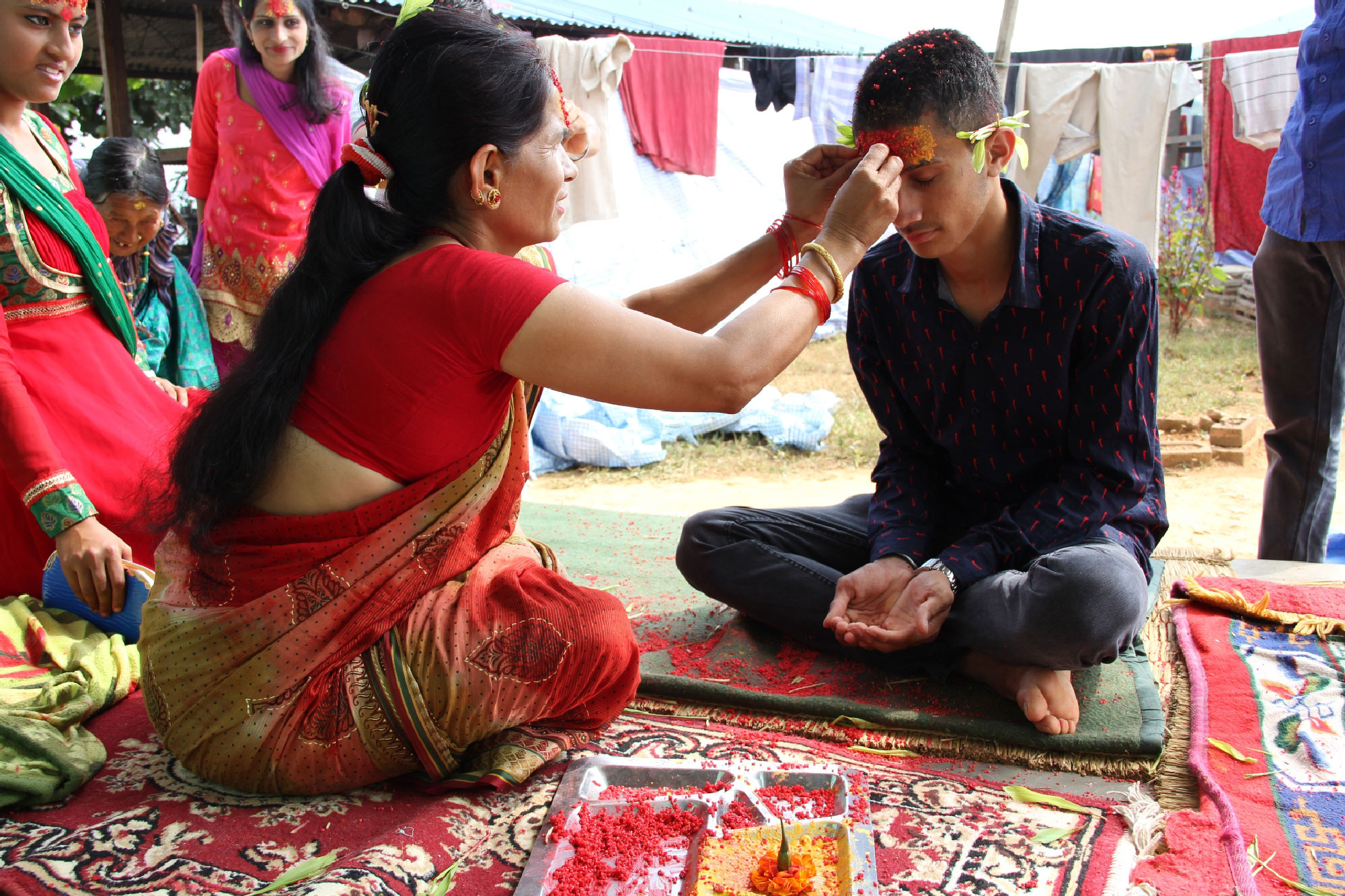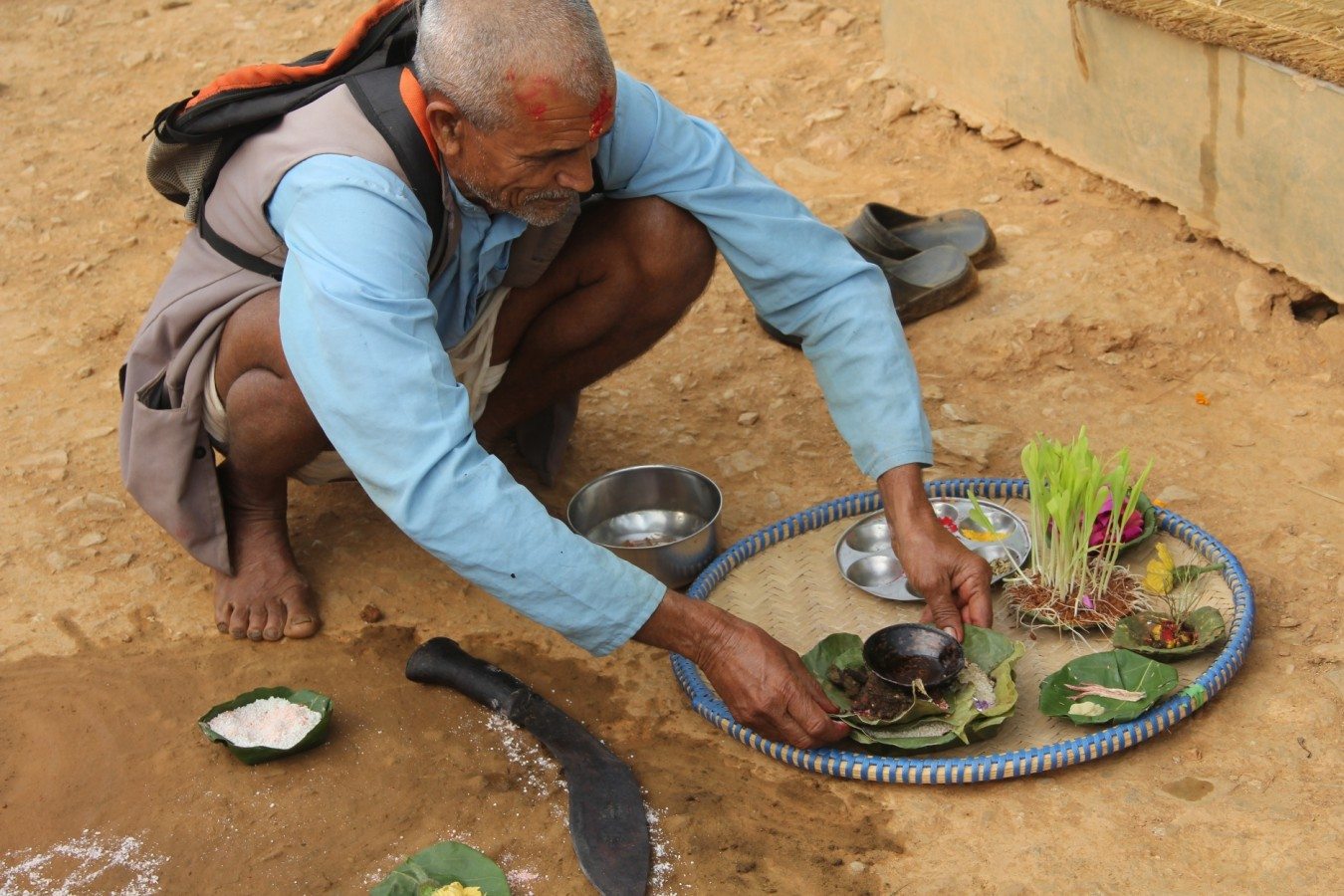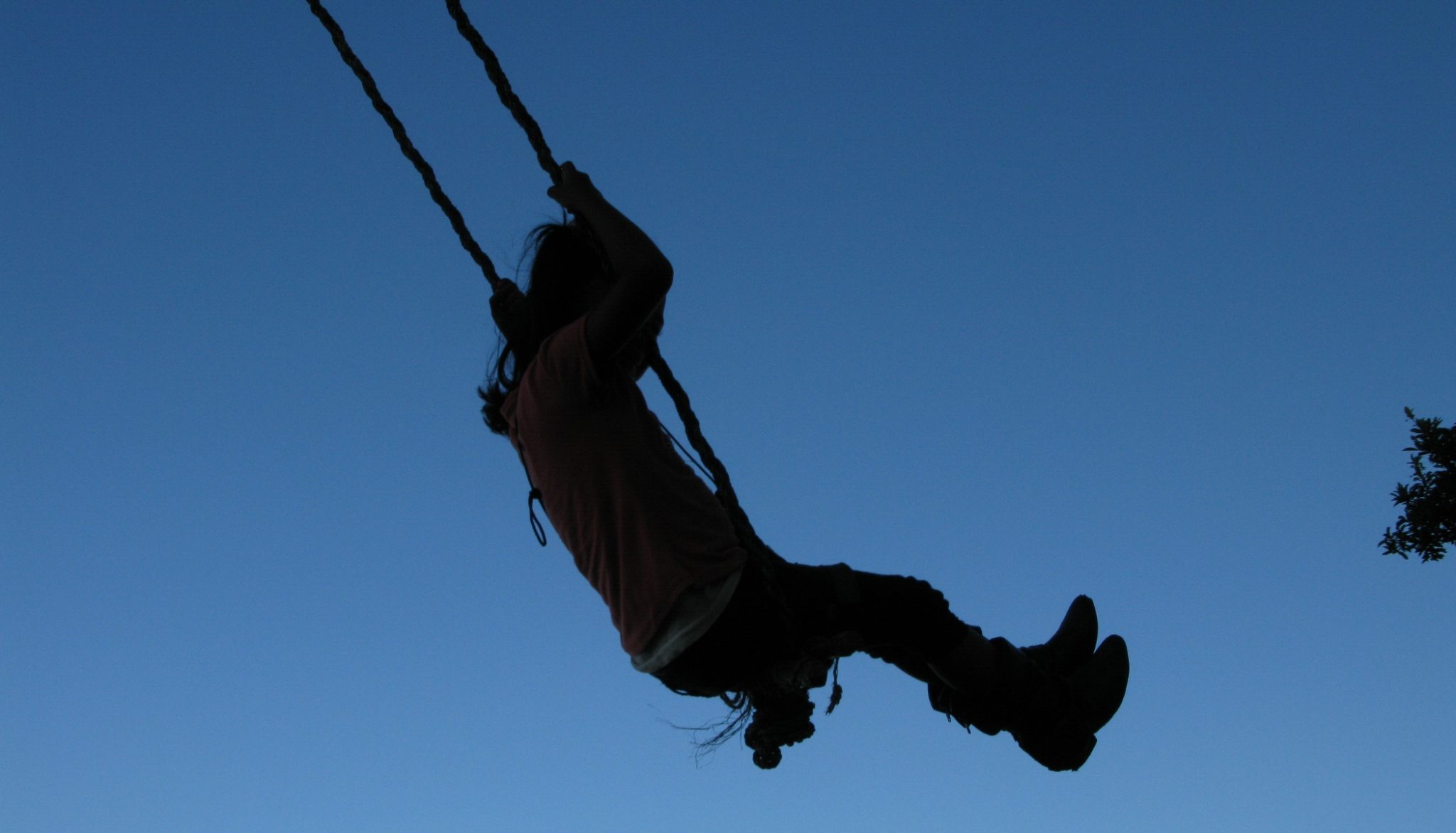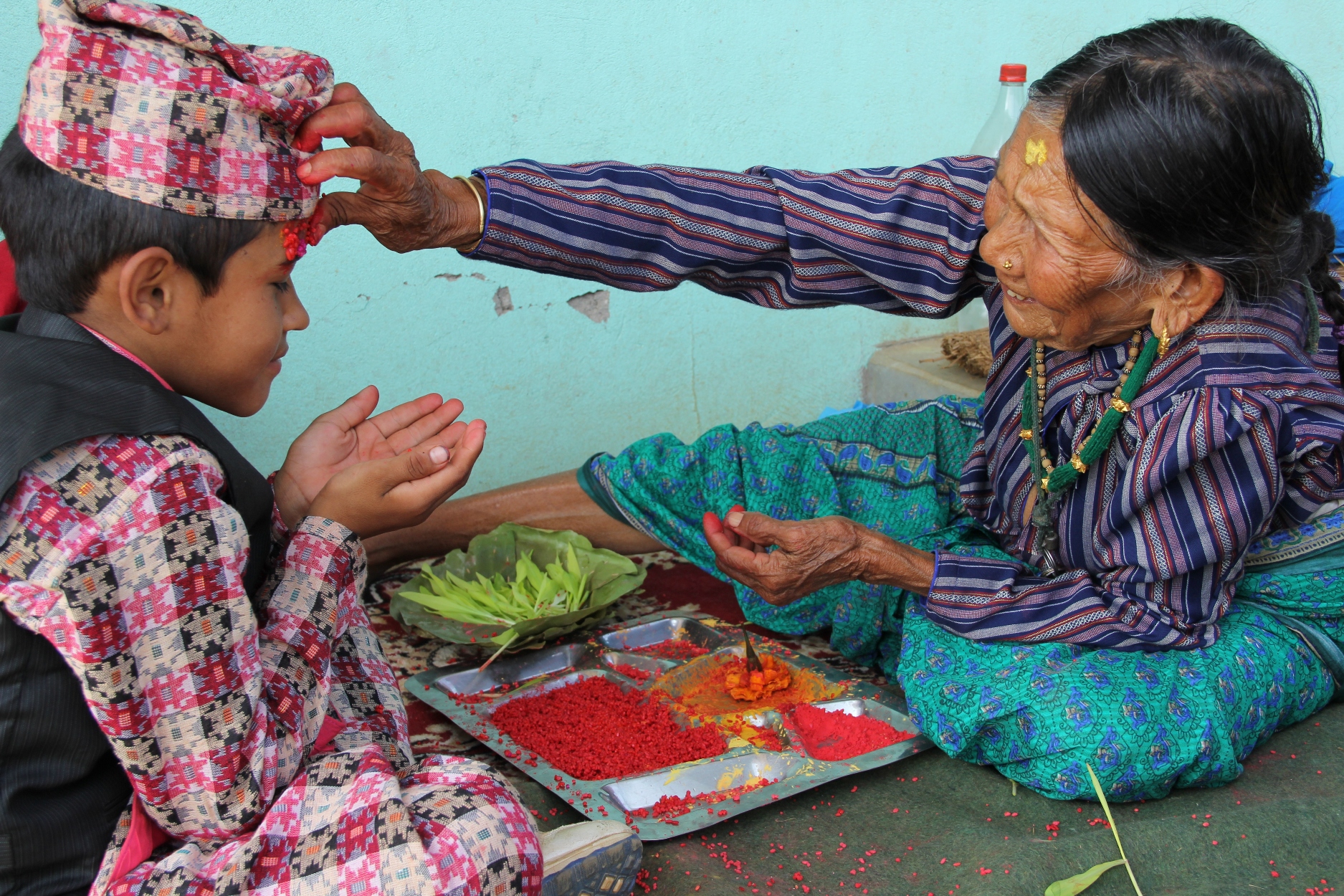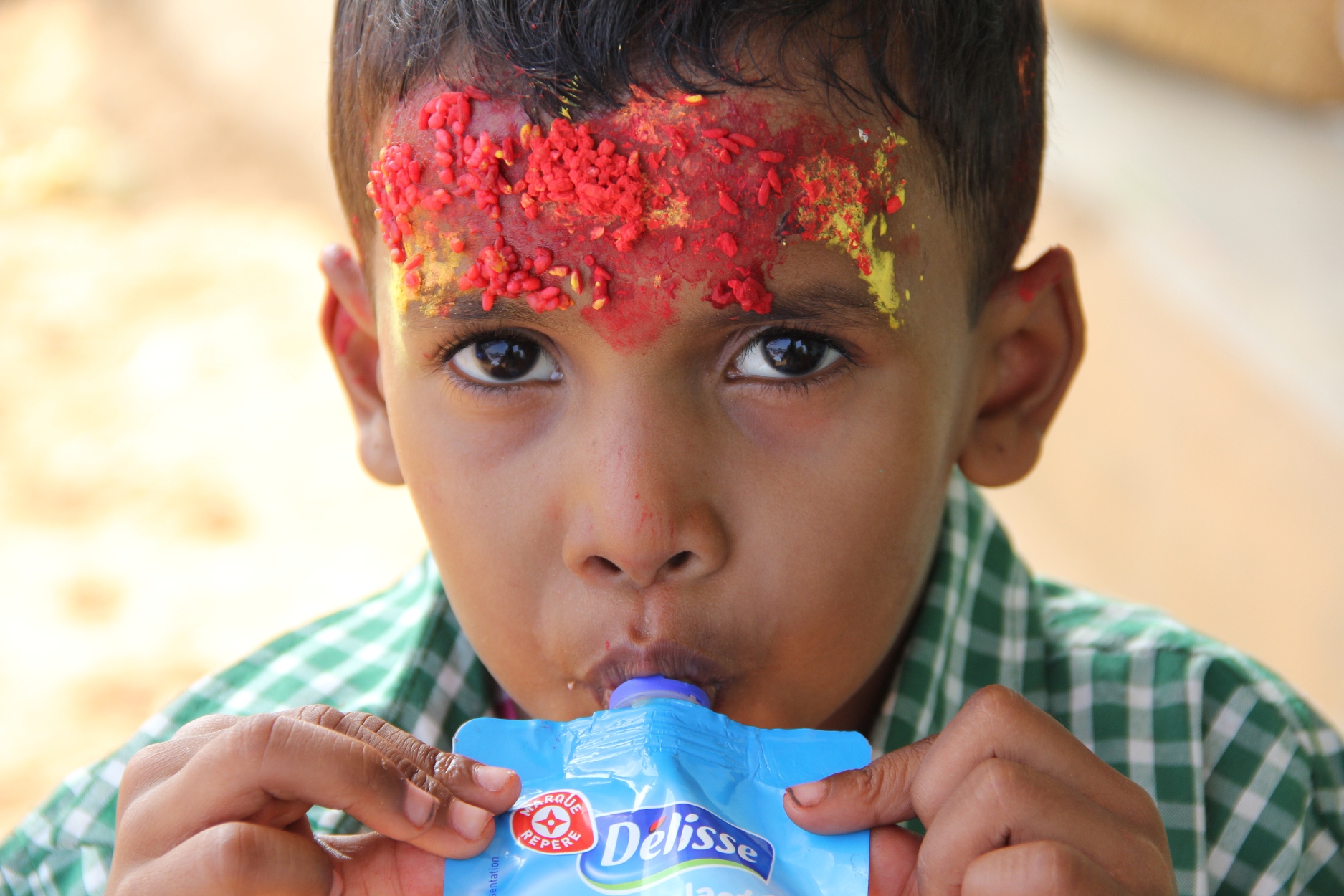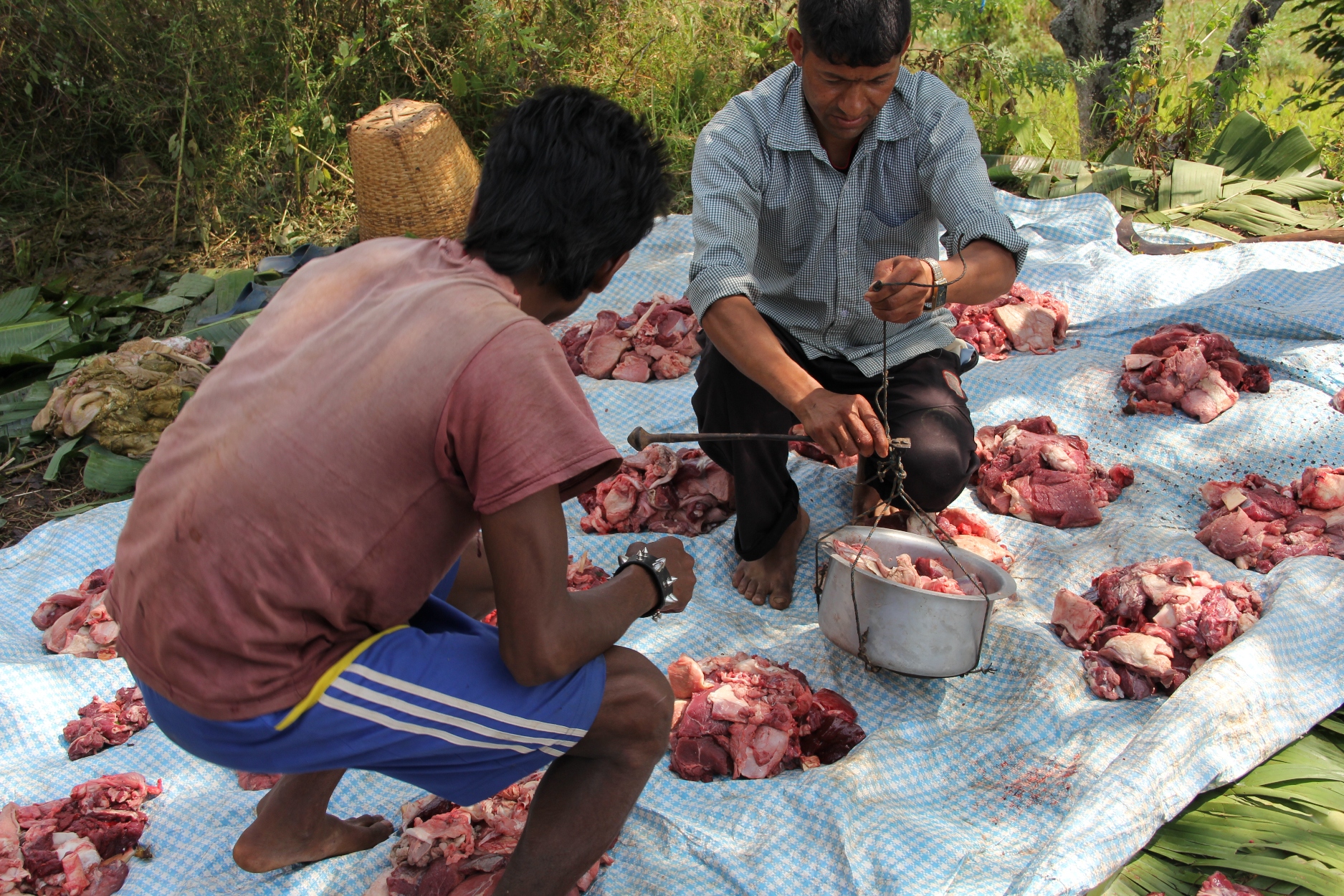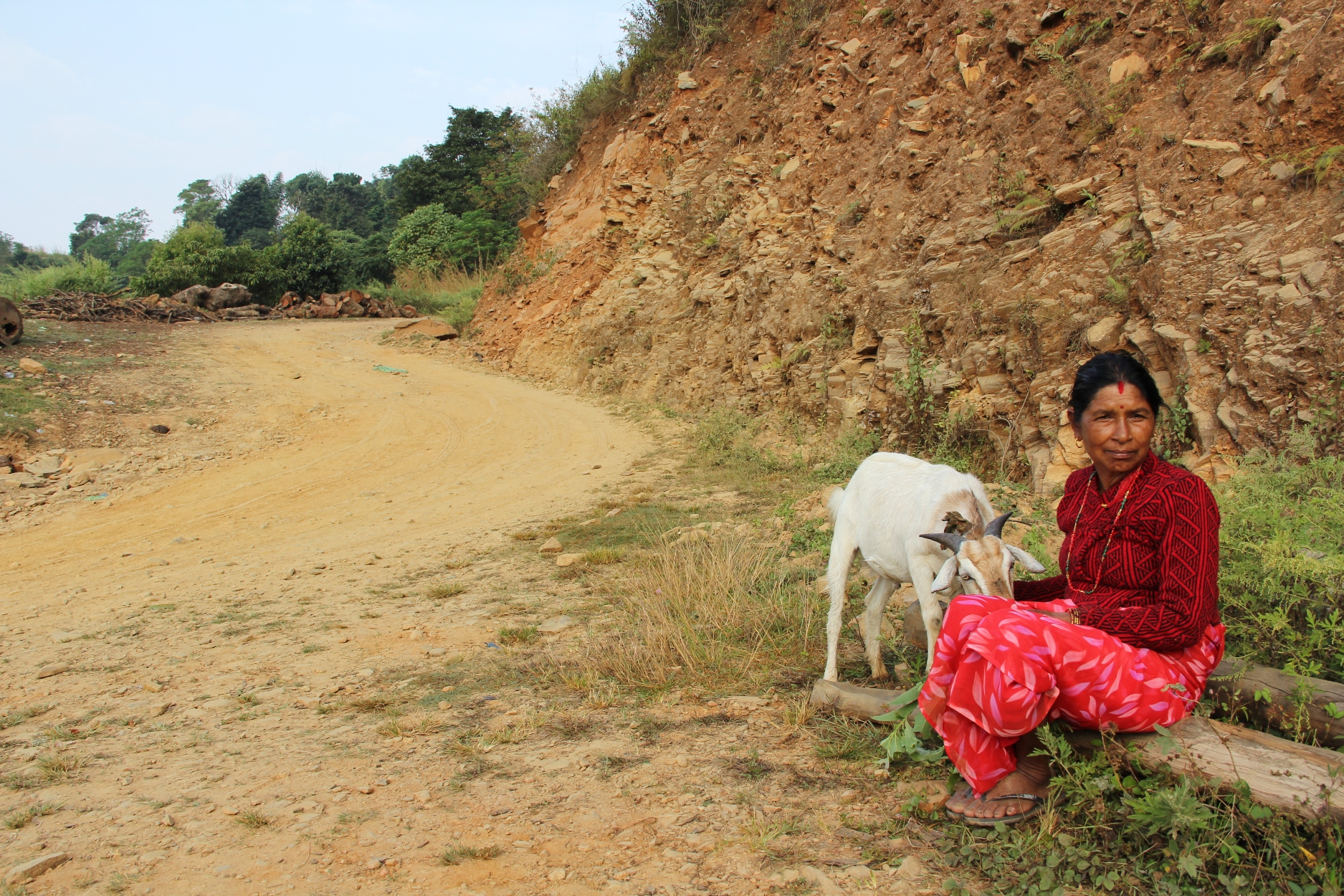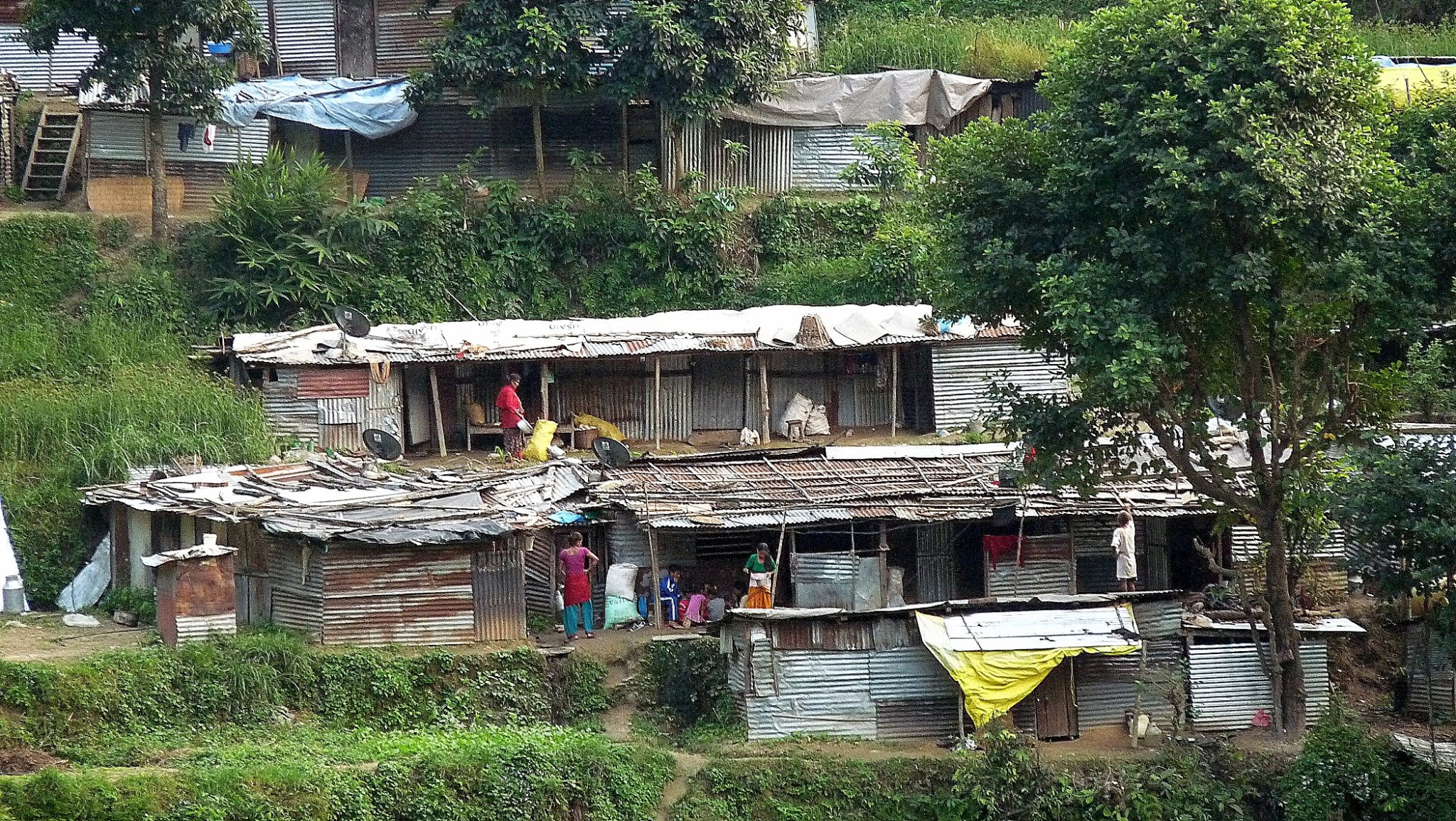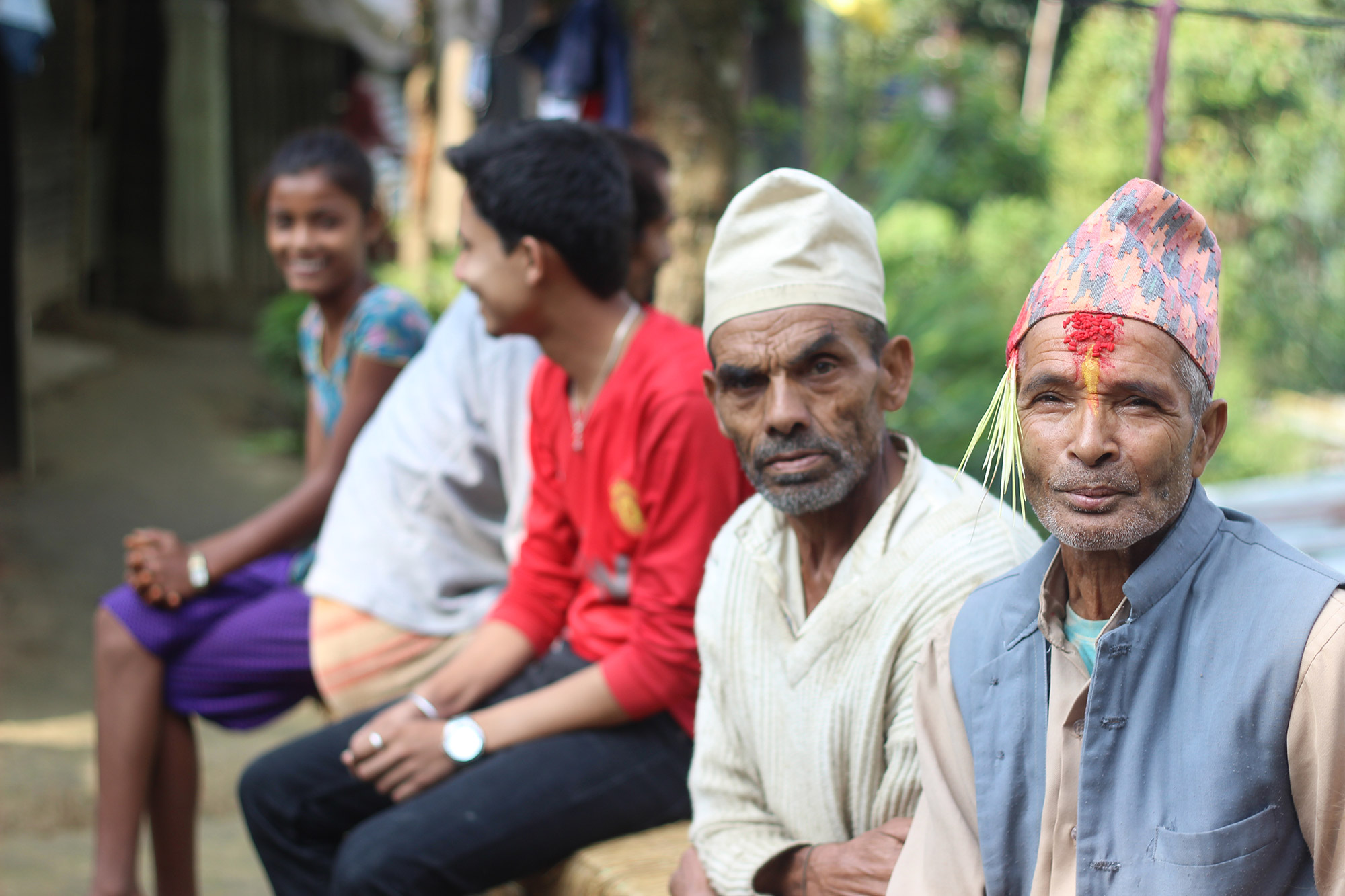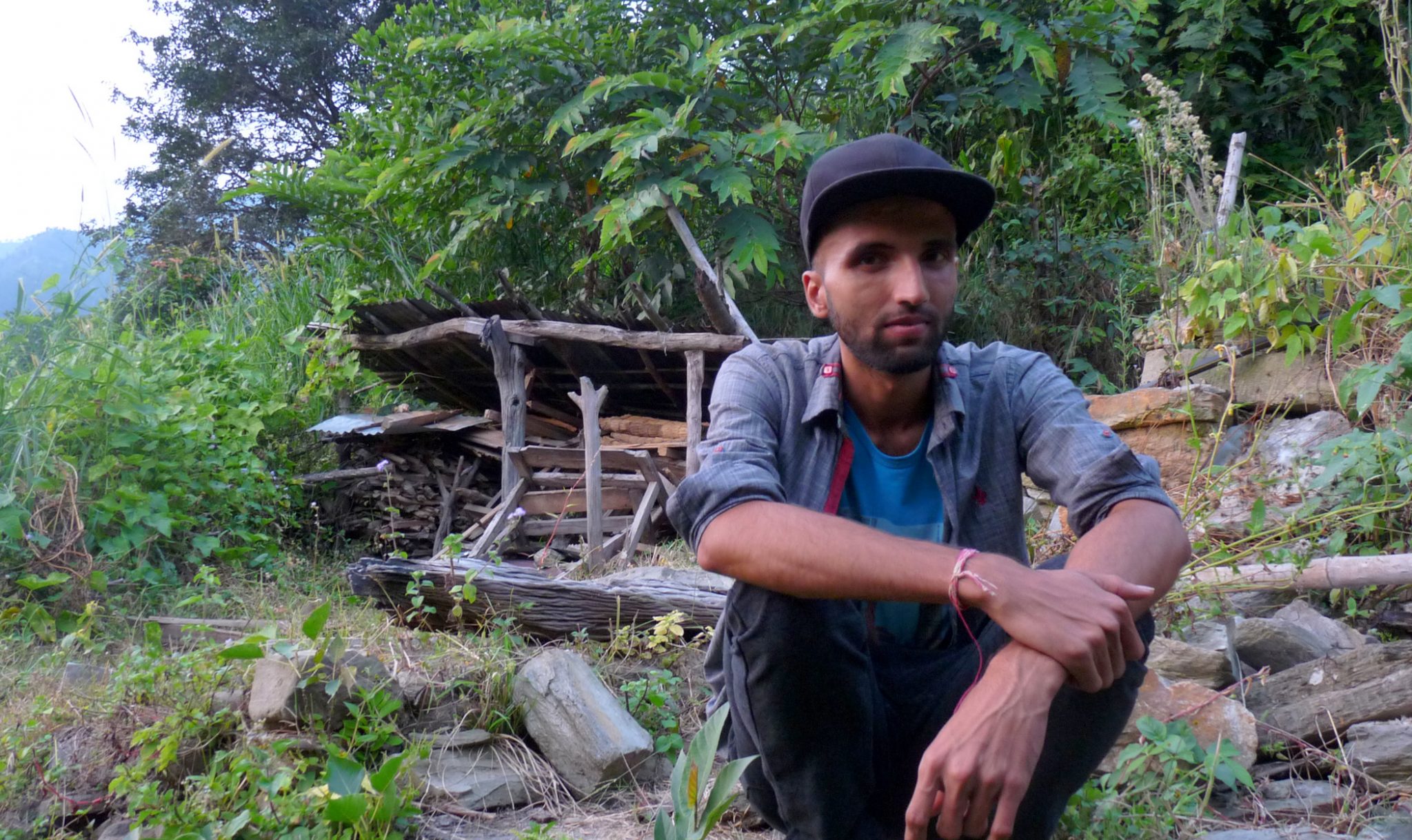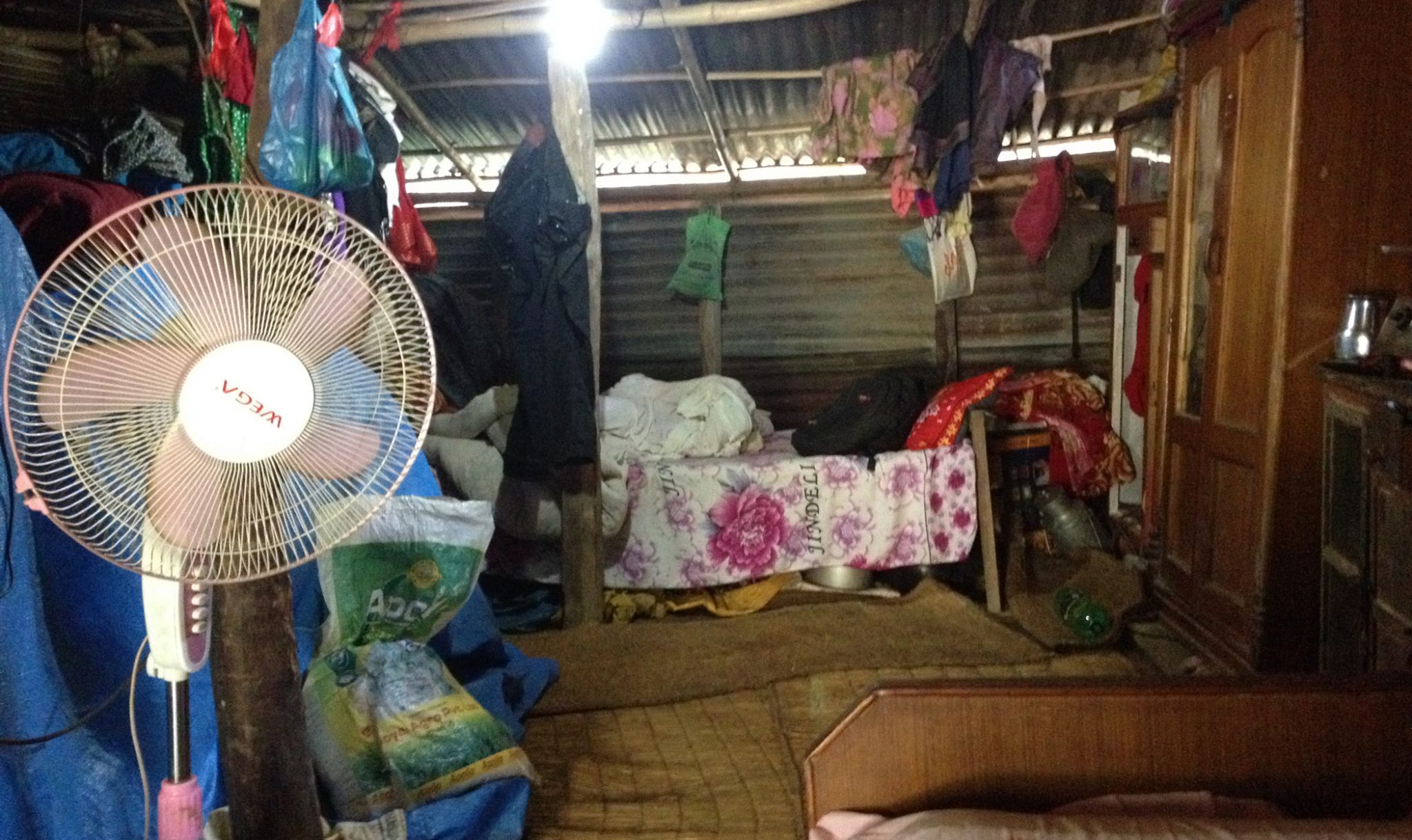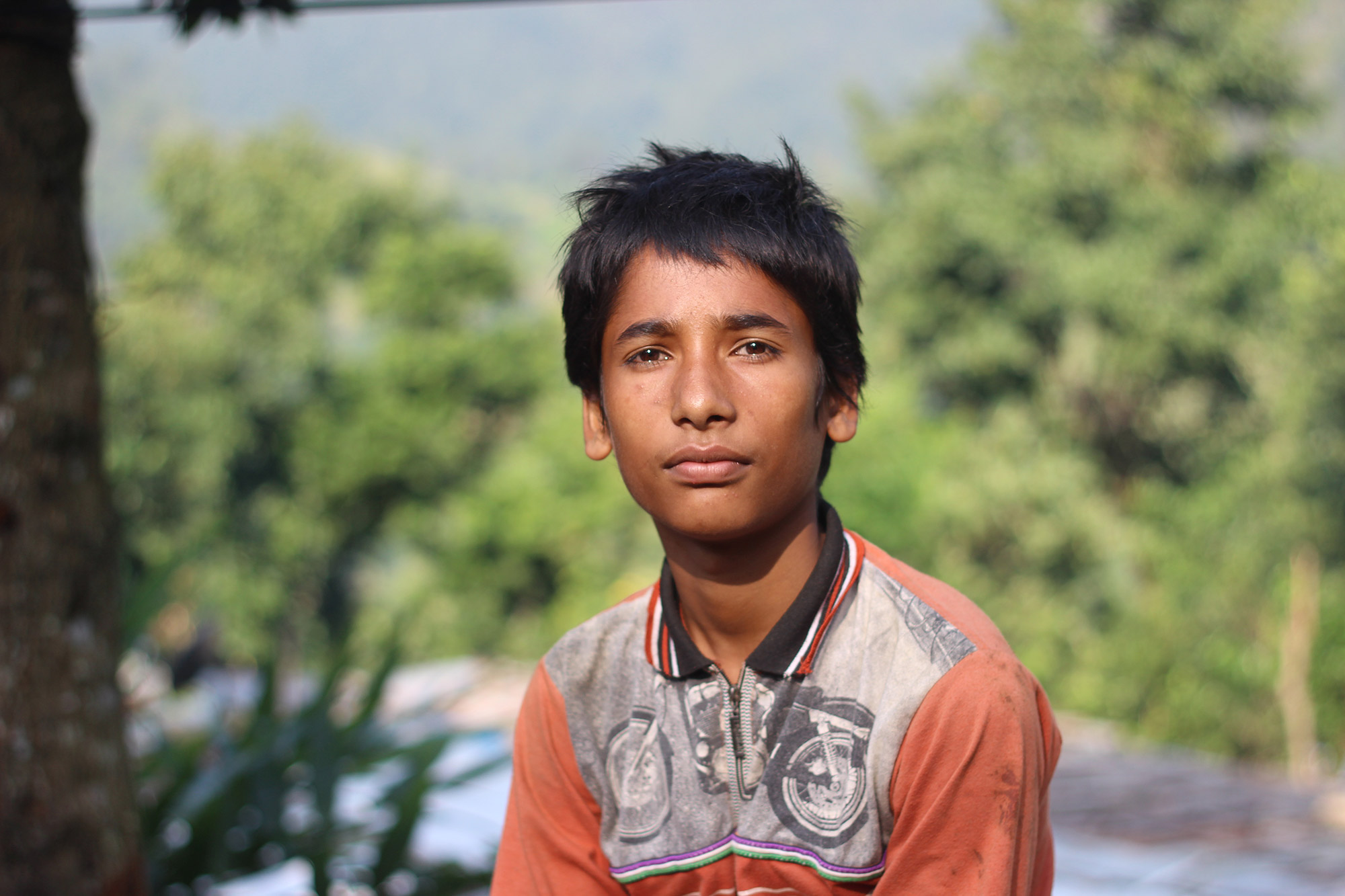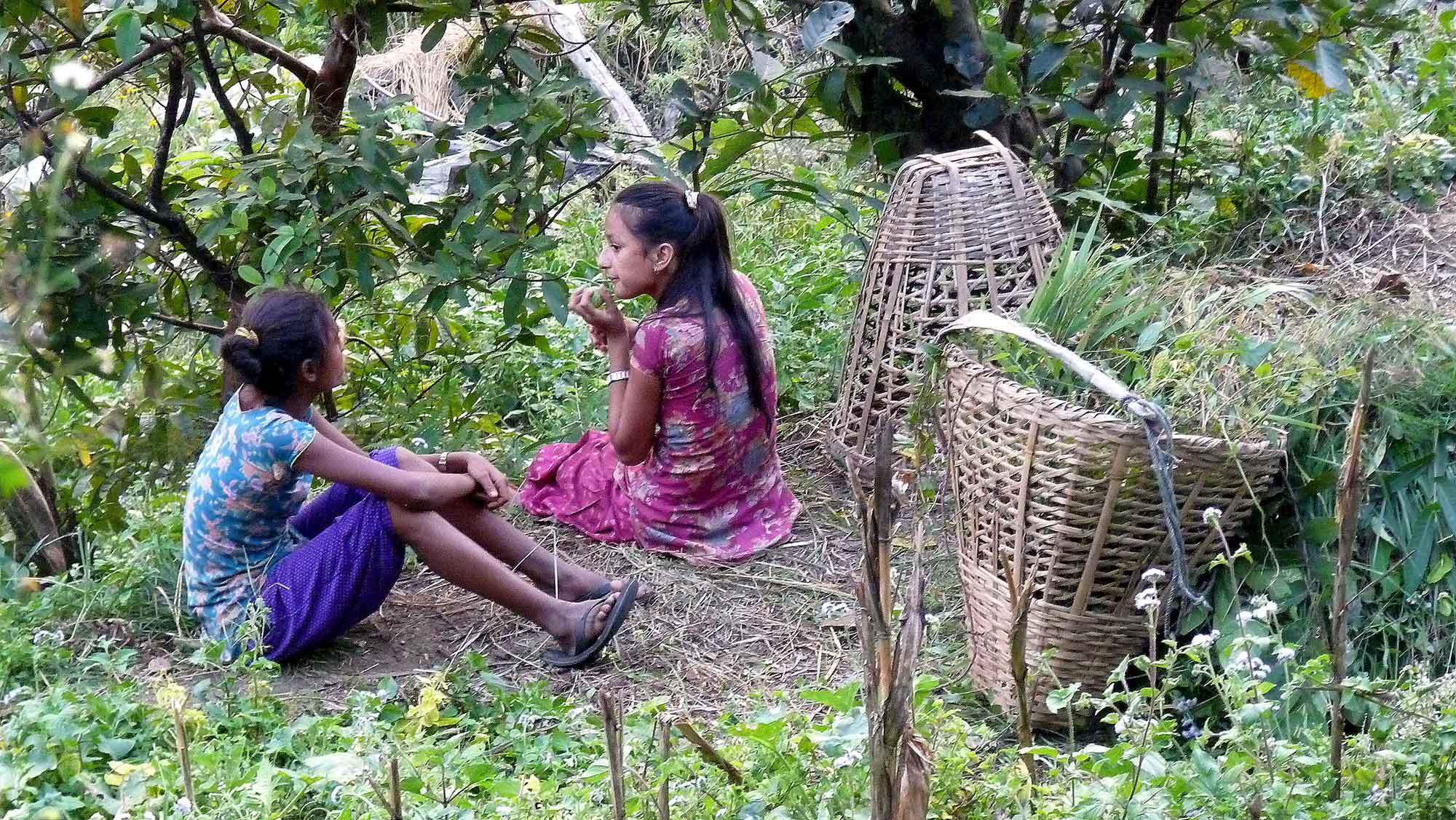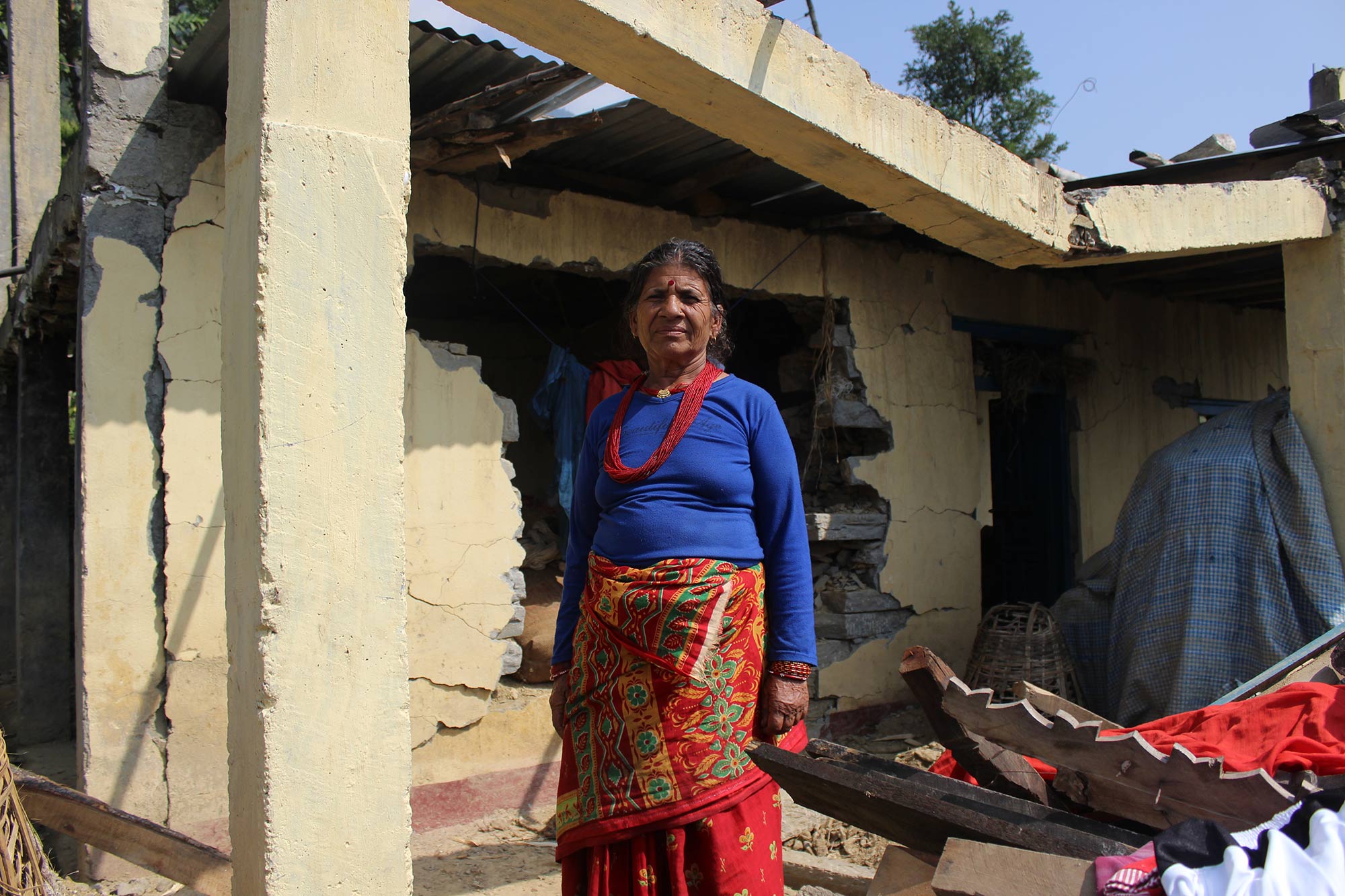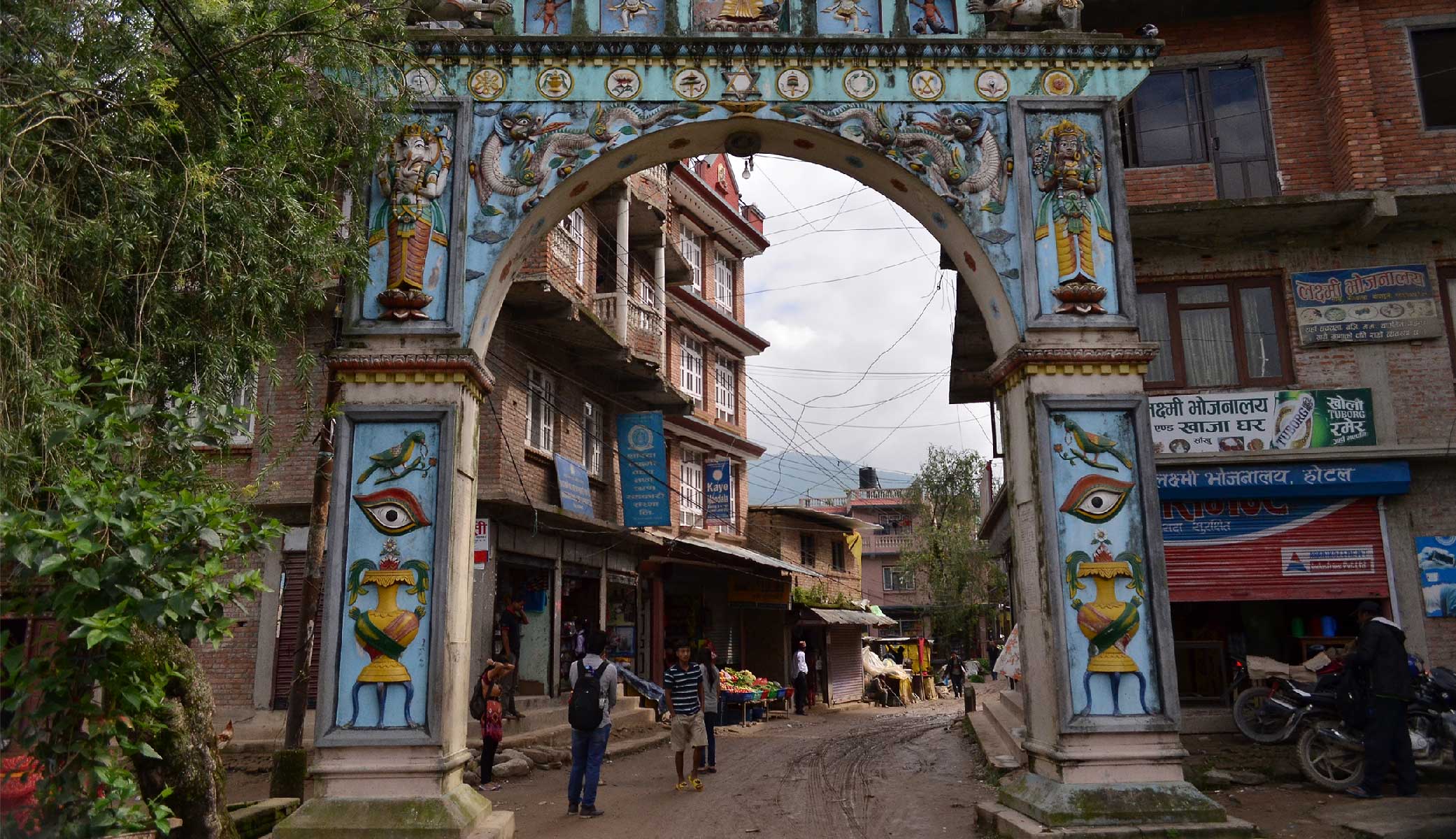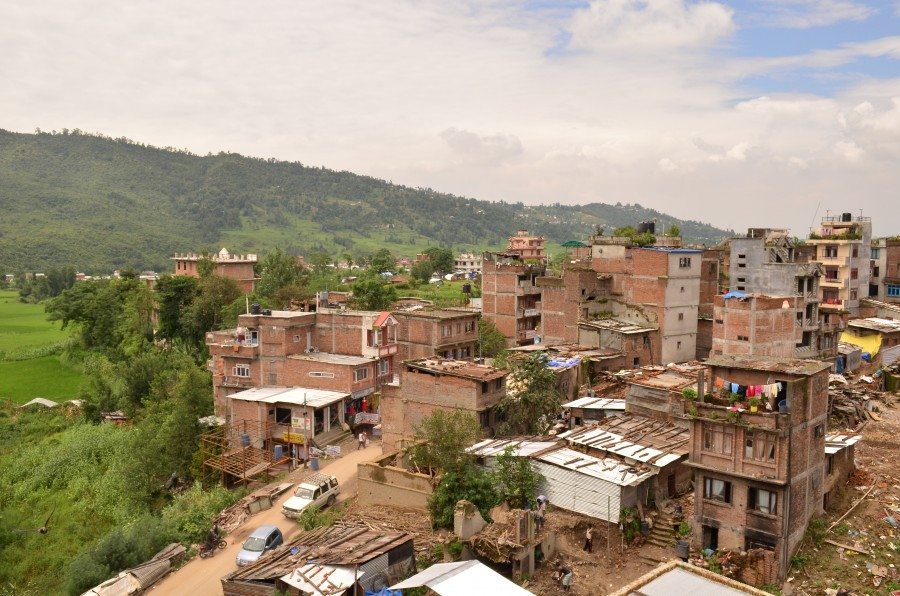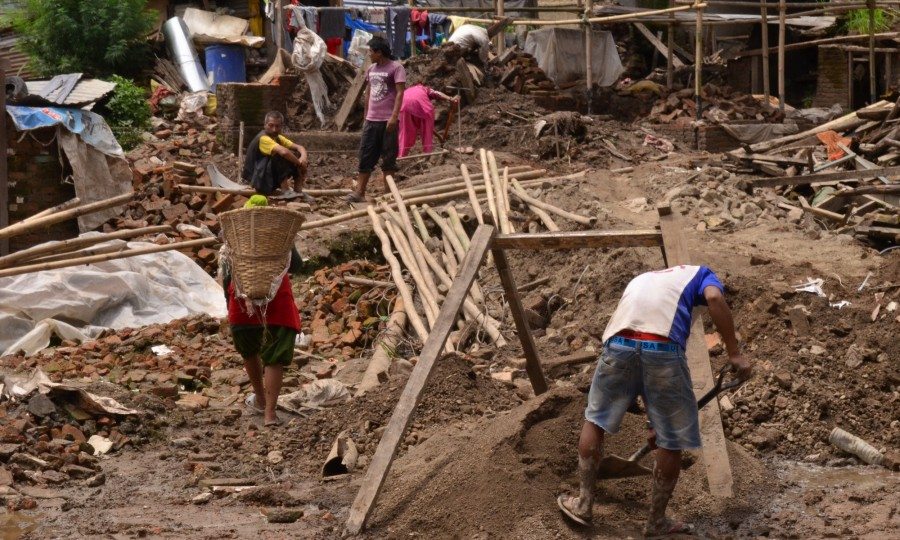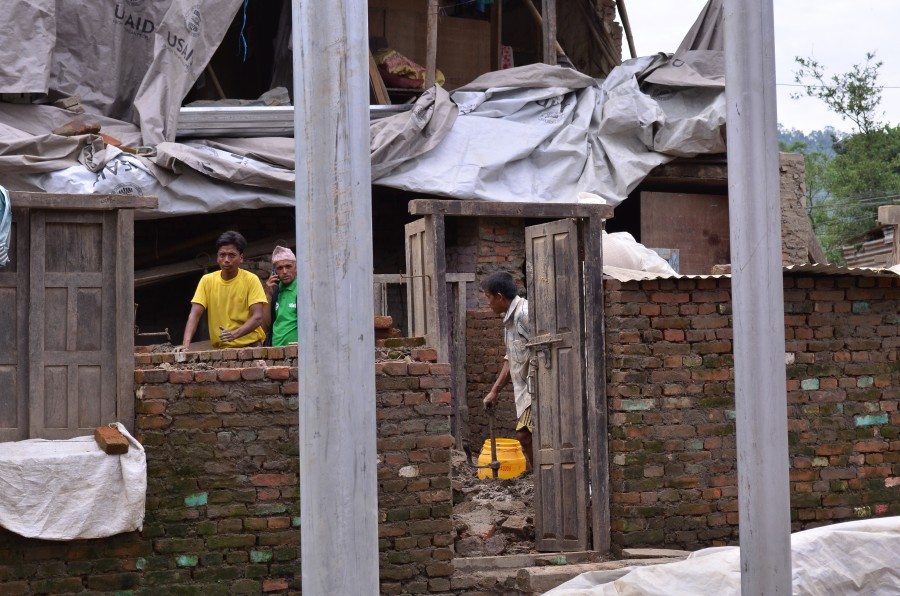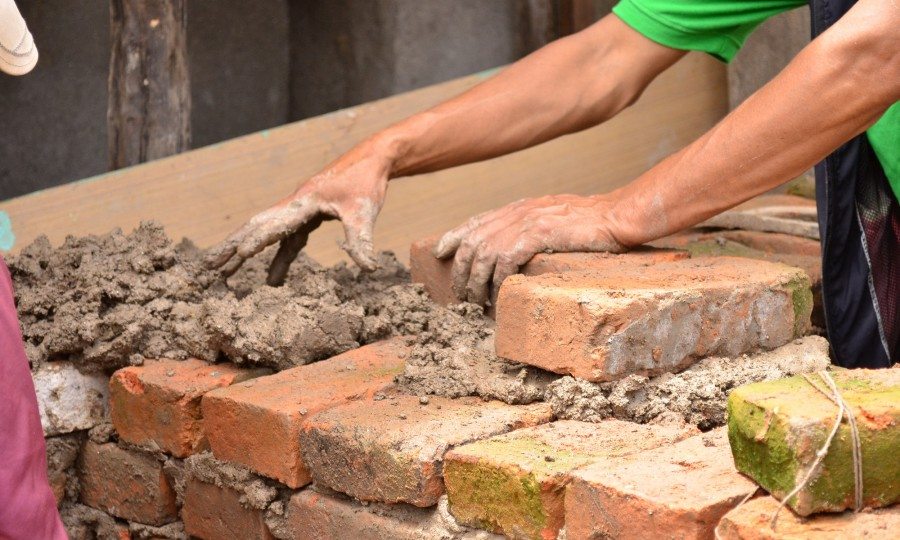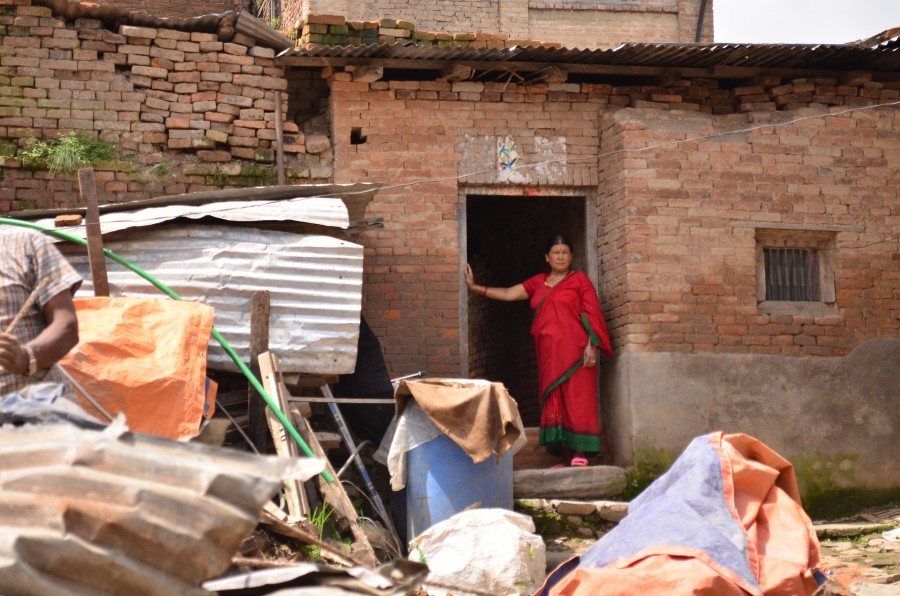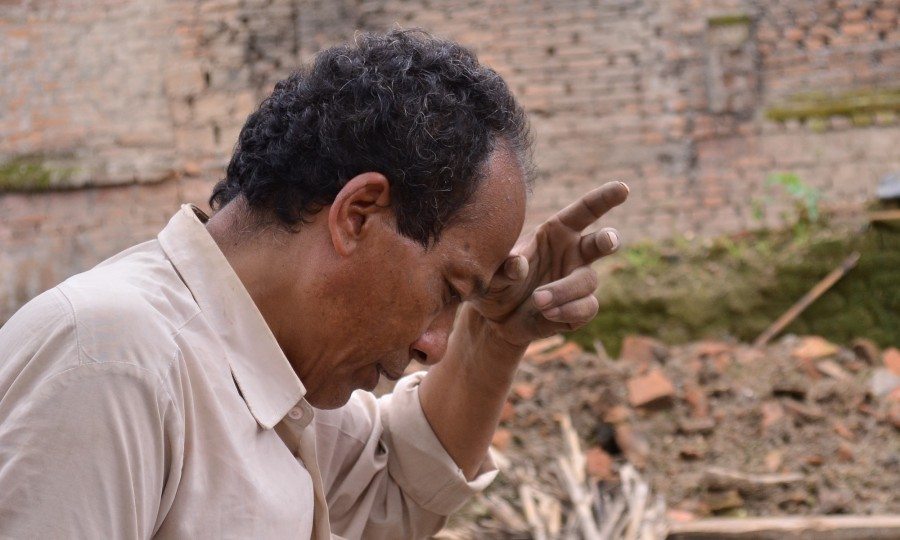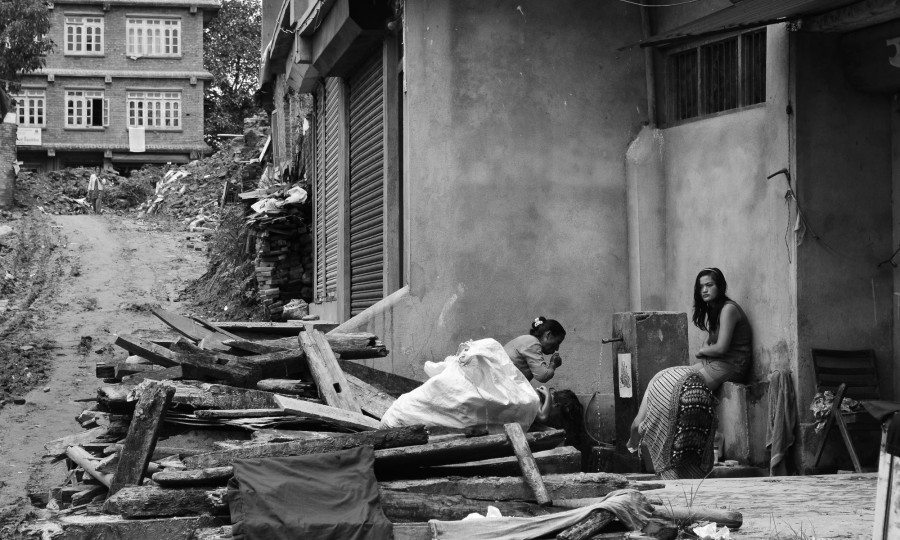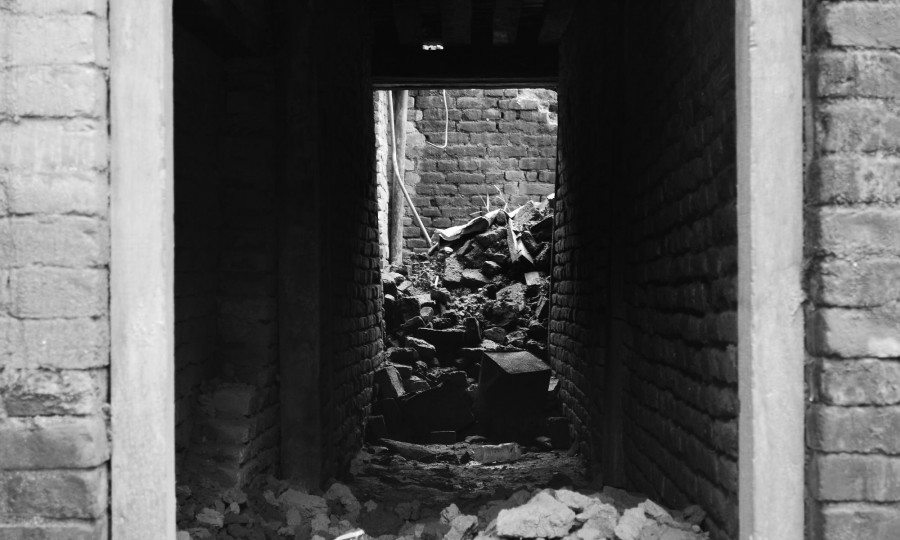9 months after the quake, a UNESCO heritage site awaits reconstruction in Nepal
The ancient city of Bhaktapur, a former capital of Nepal, is home to one of the country’s most famous historic attractions: the Bhaktapur Durbar Square. Nine months after the earthquake, tourism is slowly recovering, but in the historic centre, which is a UNESCO World Heritage site, the crumbling remains of half-destroyed temples and damaged houses can still be seen. As with all of Nepal’s damaged heritage sites, reconstruction is in a state of limbo, pending funds from the National Reconstruction Authority, the body responsible for distributing earthquake relief funds.
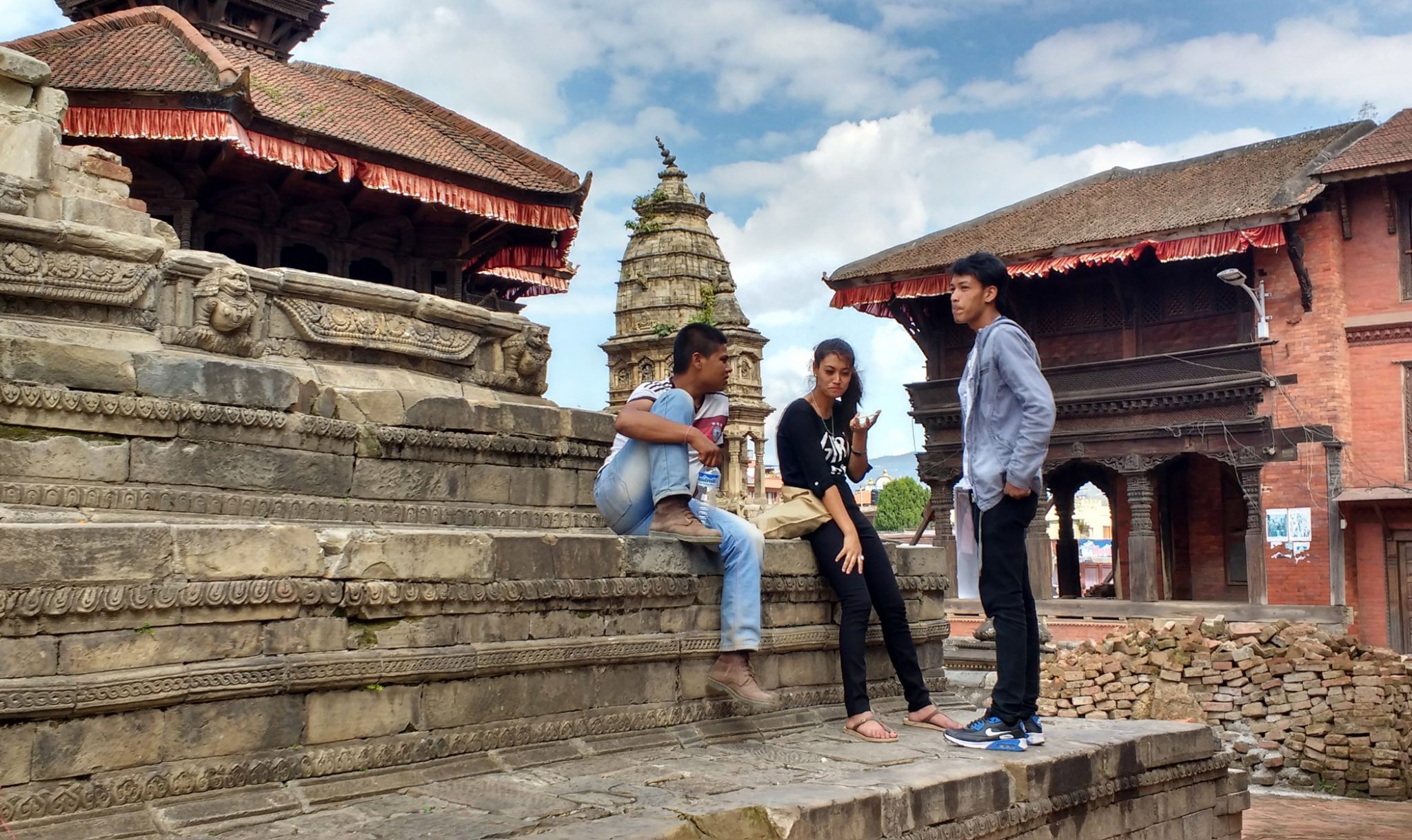
‘Durbar Square’ is the name given to plazas and community gathering spaces outside the old royal palaces of Nepal. They were built by the inhabitants of Kathmandu, the Newaris. The Bhaktapur Durbar Square is well known throughout the valley for its impressive temples and is frequented by tourists and devotees alike. It also acts as a casual meeting place for those who have been living in this historic town for generations. Photo: Namita Rao
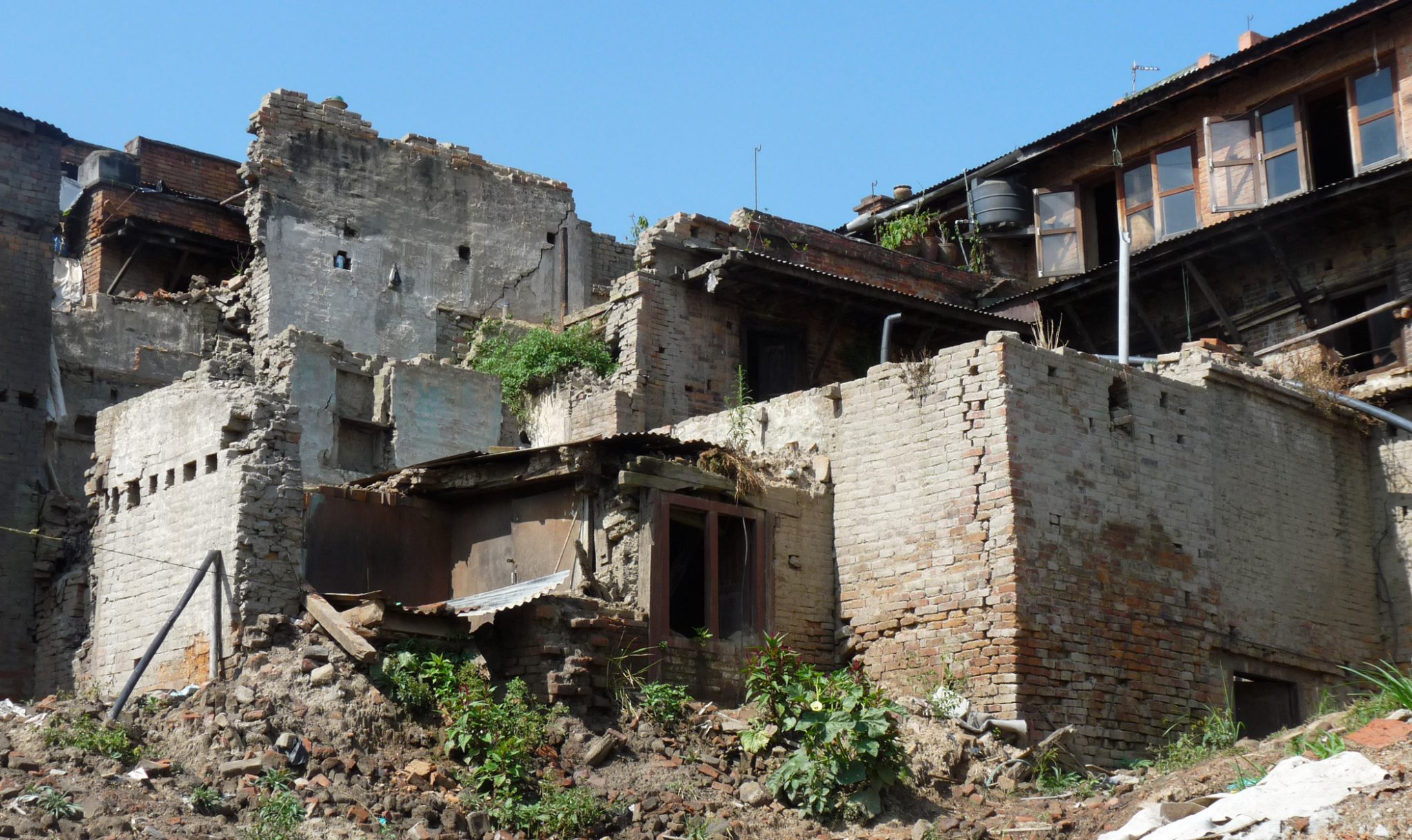
Bhaktapur was one of the most badly affected districts by the earthquakes, with nearly 28,000 homes damaged and more than 300 deaths. Across the entire district, more than 2,000 people are still living in displacement sites and in the old city centre, the scattered remains of homes are a reminder that the earthquake did a lot more than just physical damage here. Photo: Ritu Panchal
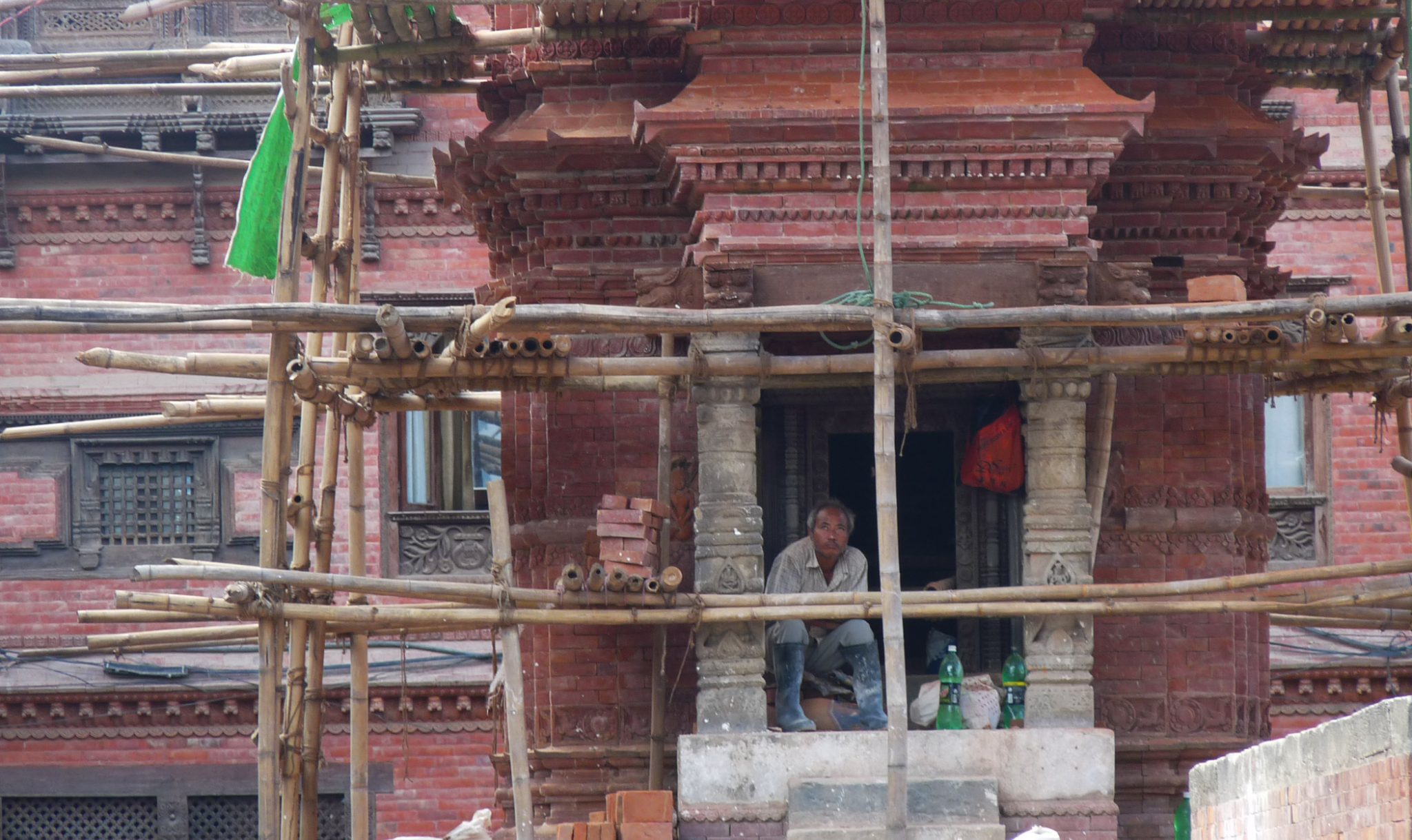
It is a very common site to see a grid of bamboo poles supporting old, historic monuments in the narrow winding streets of Bhaktapur. However, serious reconstruction work is yet to take place, and the Department of Archaeology says it has not received any budget from the government for this purpose. According to the Post-Disaster Needs Assessment report, the rebuilding of 750 damaged cultural, historical and religious monuments across Nepal will cost an estimated Rs 20.55 billion [£131 million]. Photo: Ritu Panchal
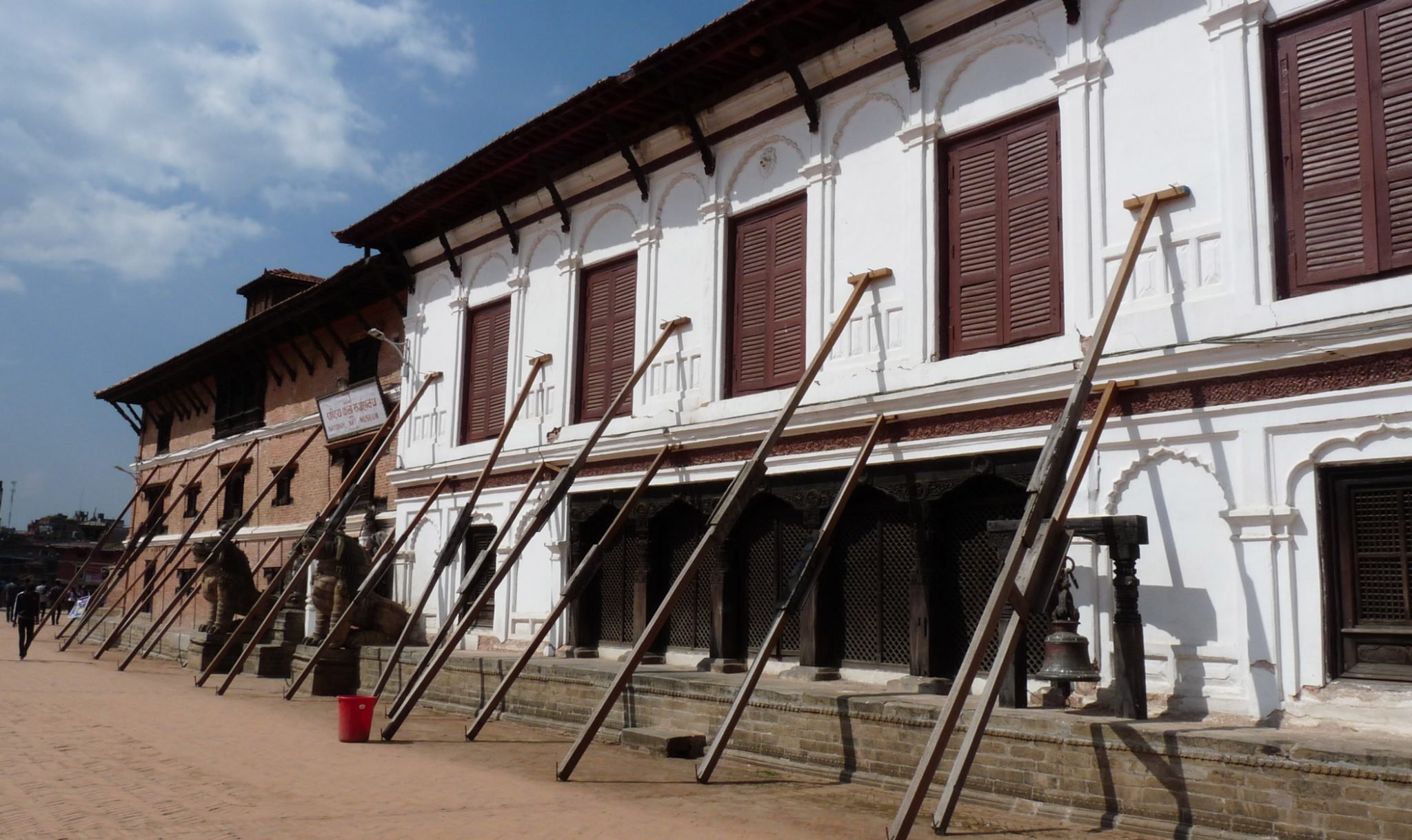
Wooden beams, such as those lining the walls of the National Art Museum, support many of the buildings in Bhaktapur Durbar Square. The museum, which contains ancient paintings and artefacts from Hindu and Buddhist traditions, is scheduled to undergo renovation, like a lot of the other damaged government buildings in the city. Photo: Ritu Panchal
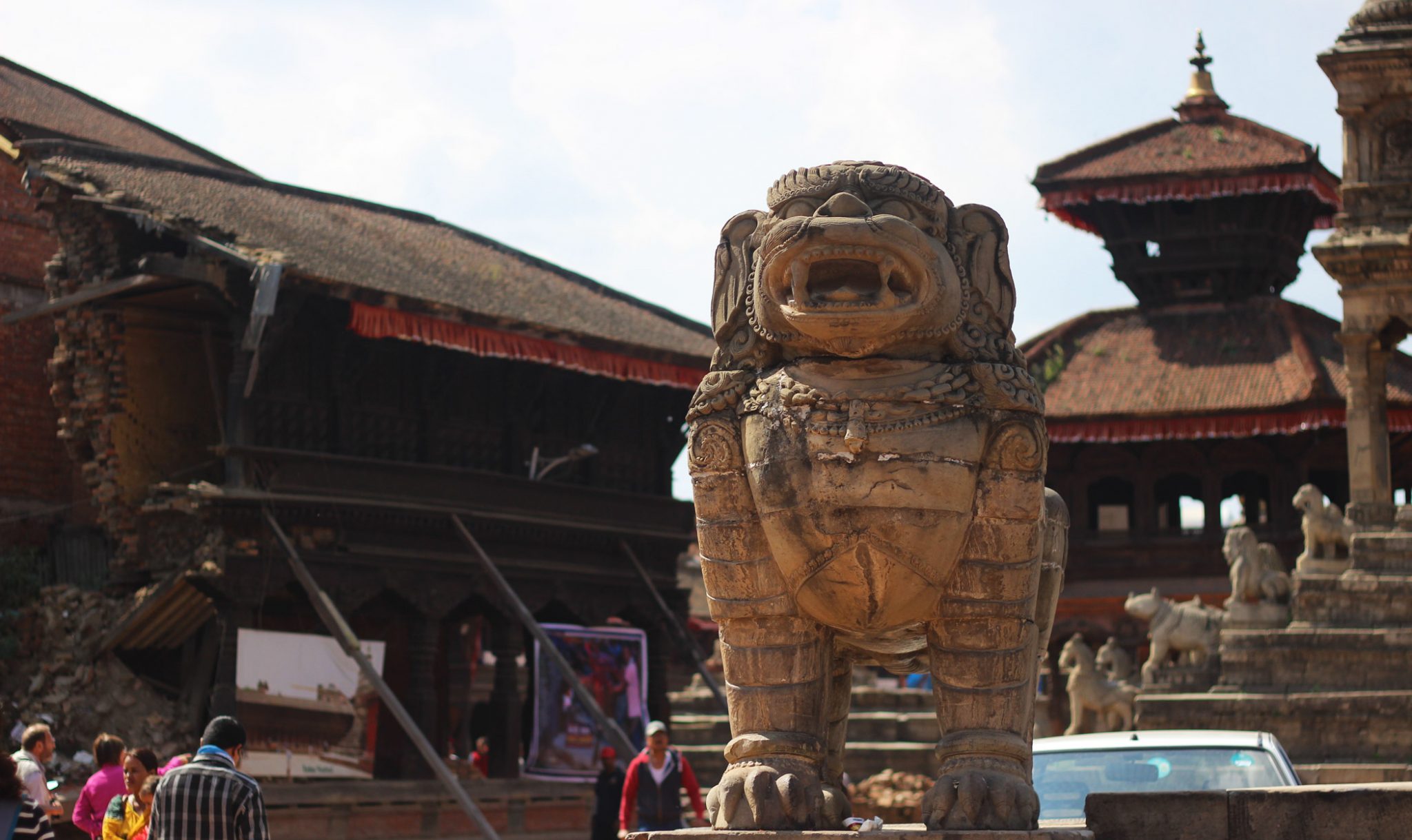
A set of stone lions stand on their own in Bhaktapur’s Durbar Square. It is thought that the temple they used to guard was destroyed by the 1934 earthquake, the worst in Nepal’s history. Nearly a third of the city’s temples and buildings were destroyed in that earthquake, which measured 8.0 in magnitude. Photo: Naomi Mihara
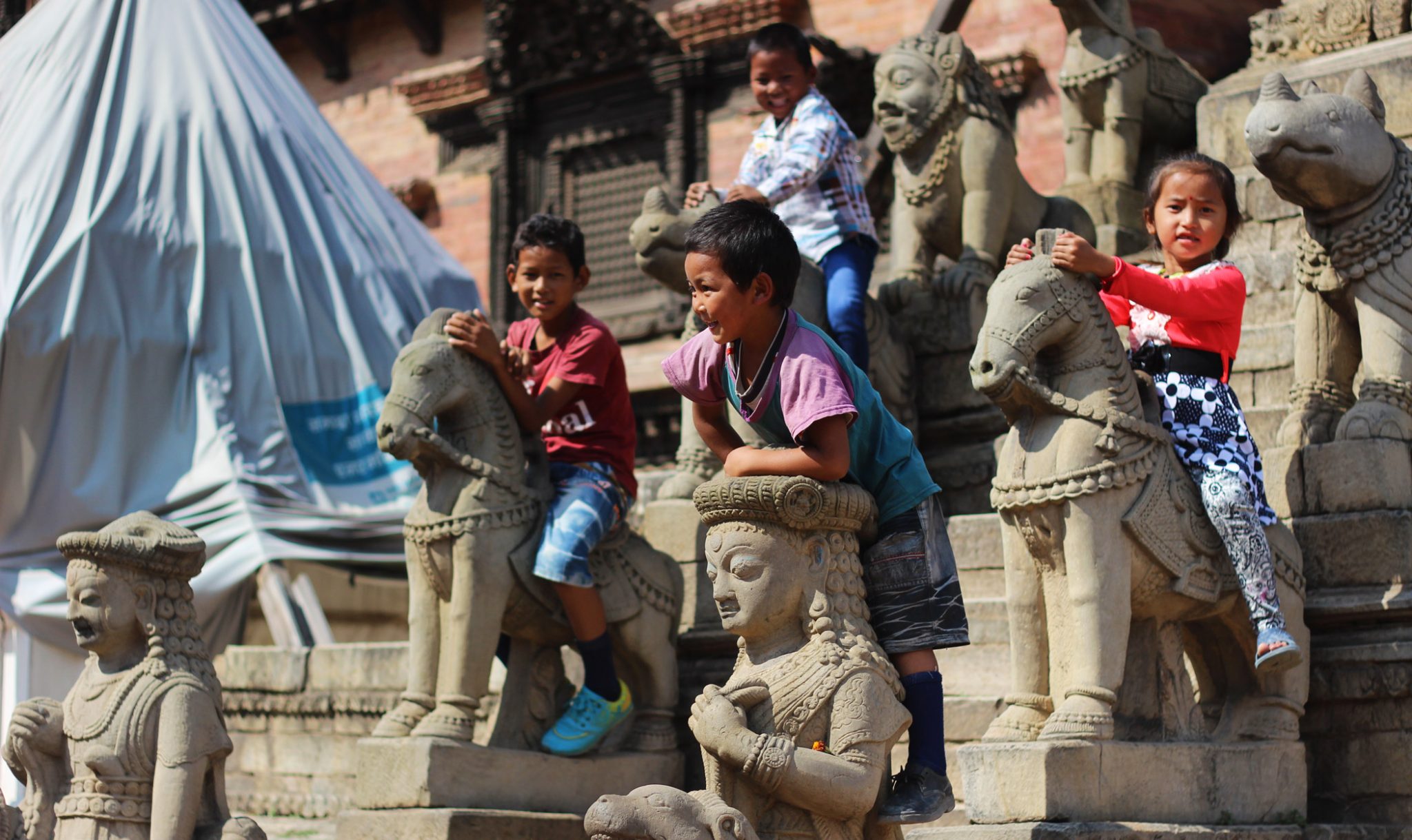
Children play on the stone animals guarding the entrance to the Siddhi Laxmi temple, a 17th-century structure that escaped the earthquake relatively unscathed. Photo: Naomi Mihara
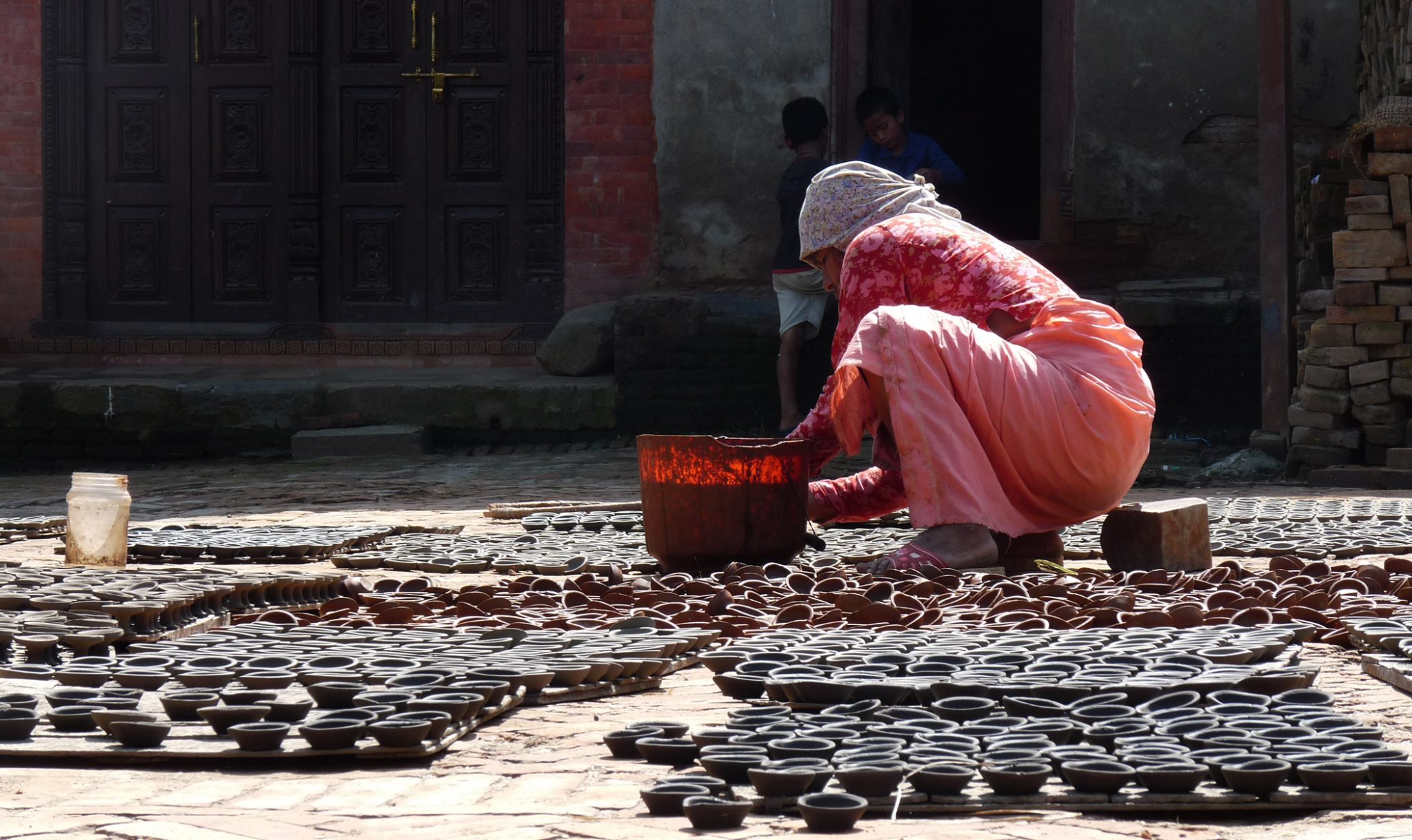
Bhaktapur is famous for its traditional pottery industry, and is home to two ‘pottery squares’ where rows of clay pots can be seen drying in the sun. The potters are particularly busy during the Tihar festival of lights, one of the biggest festivals in Nepal, making diyekos [earthen lamps] which are then filled with oil and lit outside each household. In Hinduism, fire is an important symbol of cleansing and purification and its light dispels gloom and darkness. Photo: Ritu Panchal
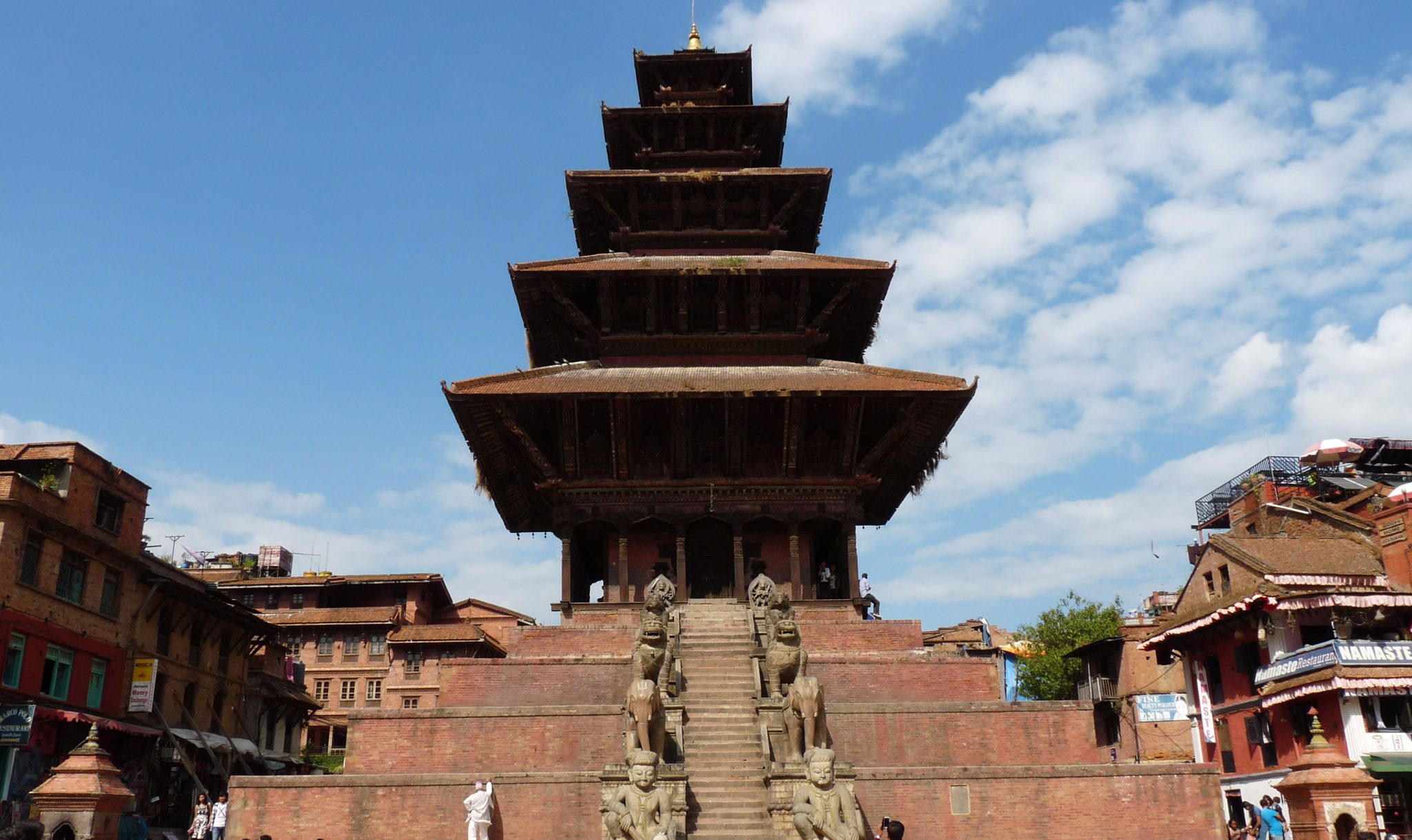
Several of Bhaktapur’s main temples, including the five-storey Nyatapola, Nepal’s tallest temple, suffered remarkably little damage. The Nyatapola temple has now survived four major earthquakes because of the traditional earthquake-resistant design elements that went into building it. Photo: Ritu Panchal
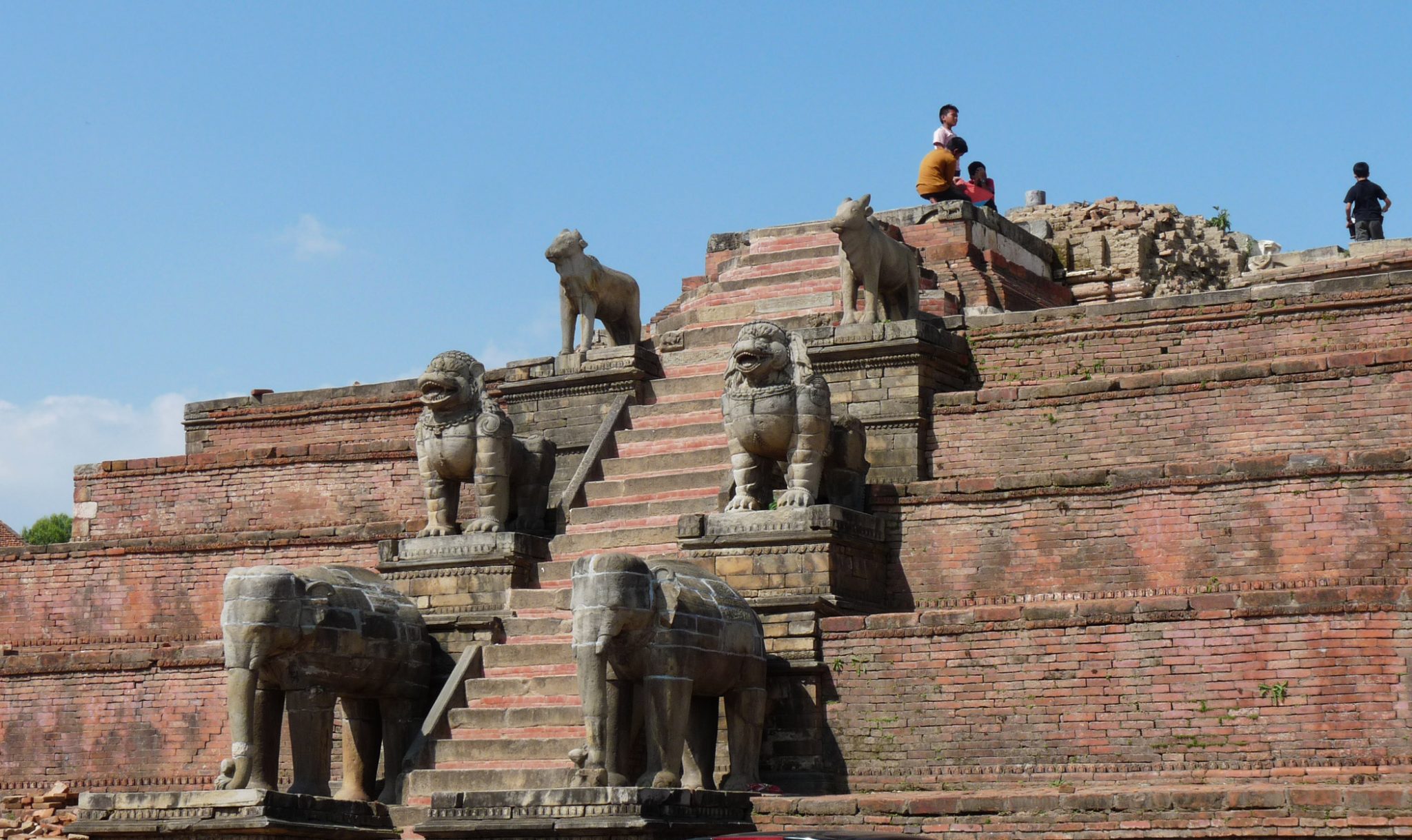
The remains of the Fasidega temple. This temple was built as a homage to Lord Shiva, but the monument at the top of the steps was destroyed by the 1934 earthquake. The replacement, built in white using modern motifs, stood out conspicuously amid the traditional design of the other temples of Bhaktapur before its destruction in the 2015 earthquake. Photo: Naomi Mihara
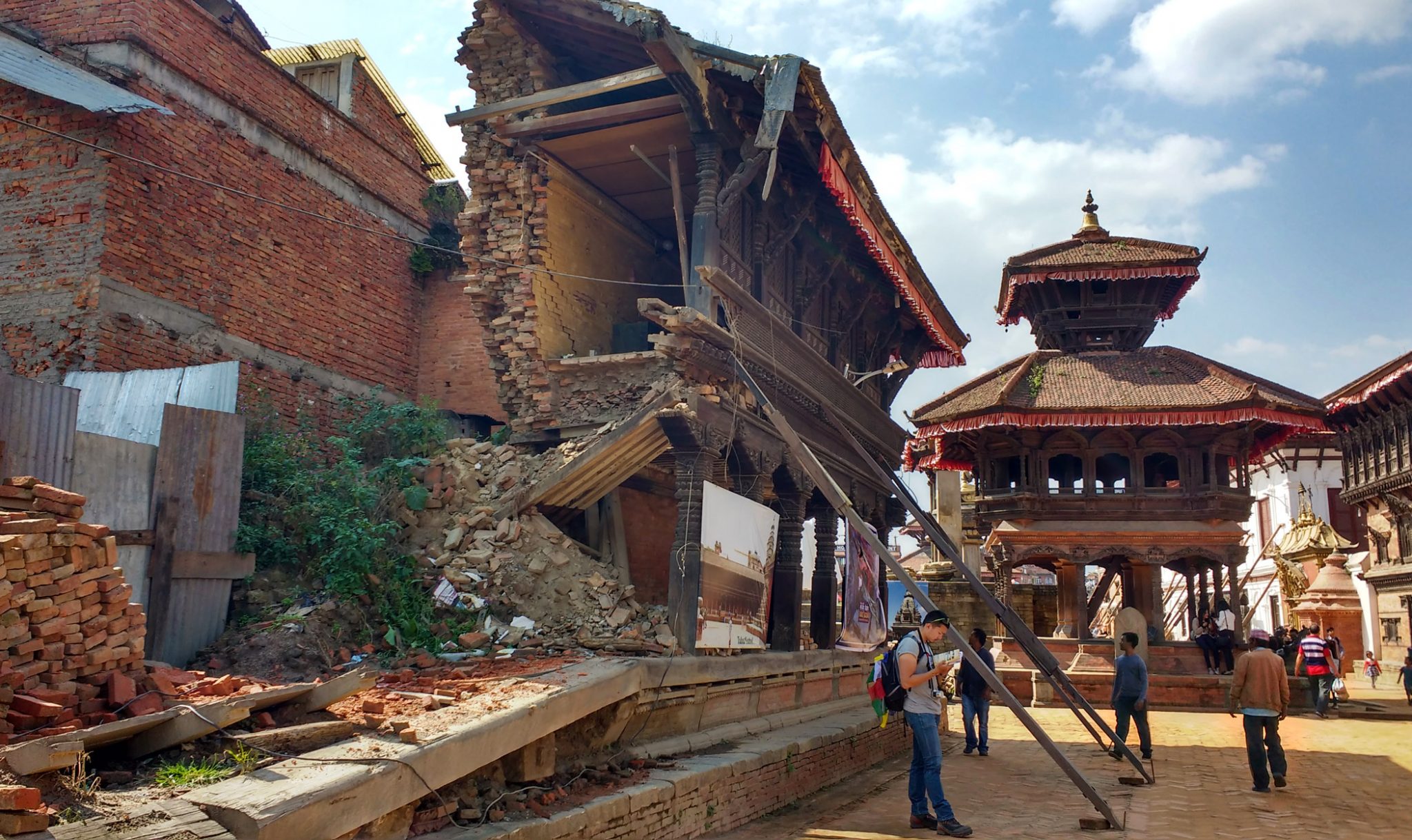
Right at the centre of Bhaktapur Durbar Square lies a 15th-century palace, sections of which collapsed in the recent quake. The interior has remained closed since the 1934 earthquake. The courtyard surrounding it still lies in ruins and the uncleared debris from the broken down buildings has now become a part of the temple complex. Photo: Namita Rao
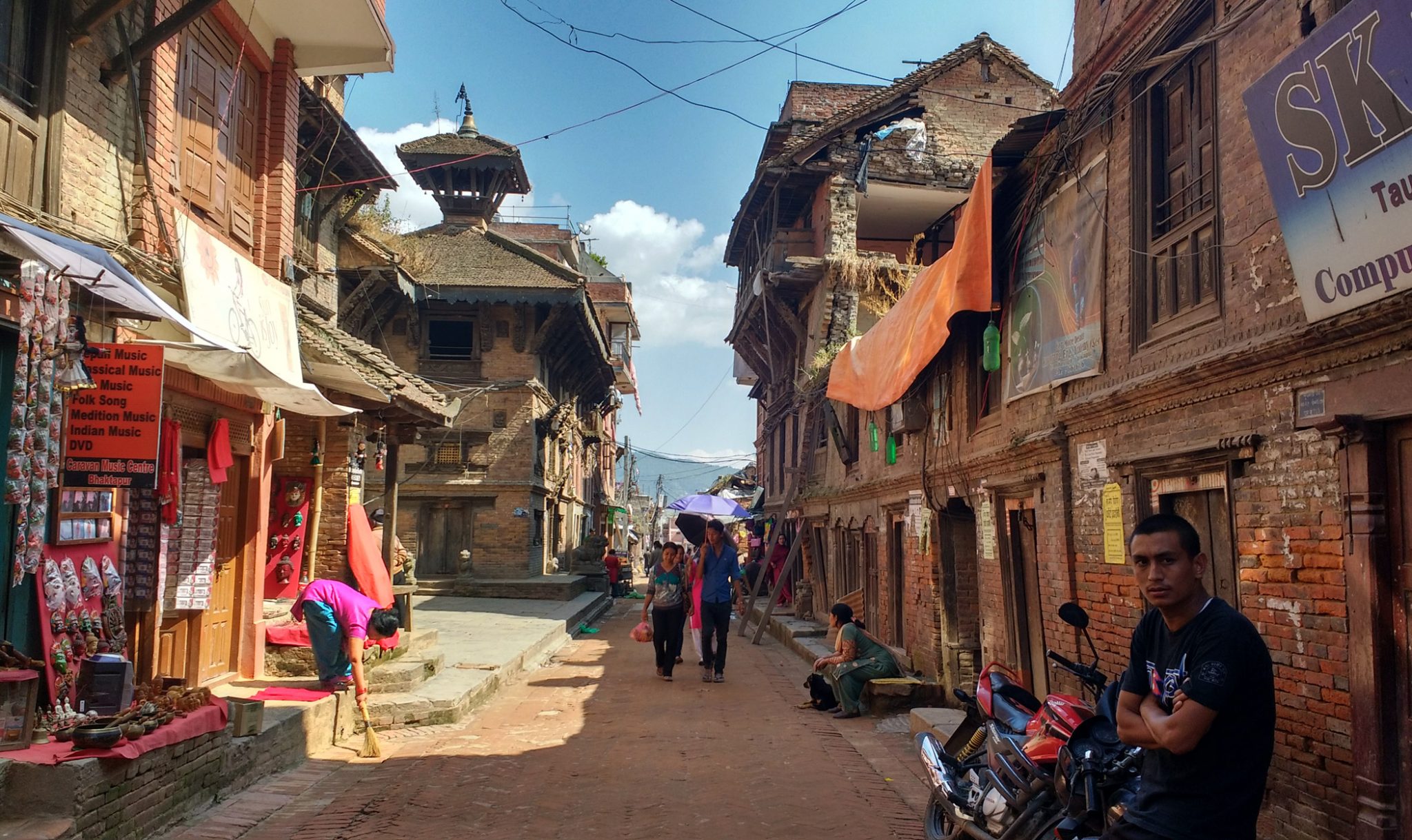
After the quake, Nepal’s tourism industry was deeply affected. As soon as travellers and tourists started to regain their confidence to backpack through this Himalayan region, the fuel crisis caused by the border blockade infiltrated all aspects of life in Nepal. However, according to recent figures released by the Bhaktapur Municipality Tourism Service Centre, tourism is on the rise again, with more than 10,000 visitors from mid-October to mid-November 2015. Photo: Namita Rao


